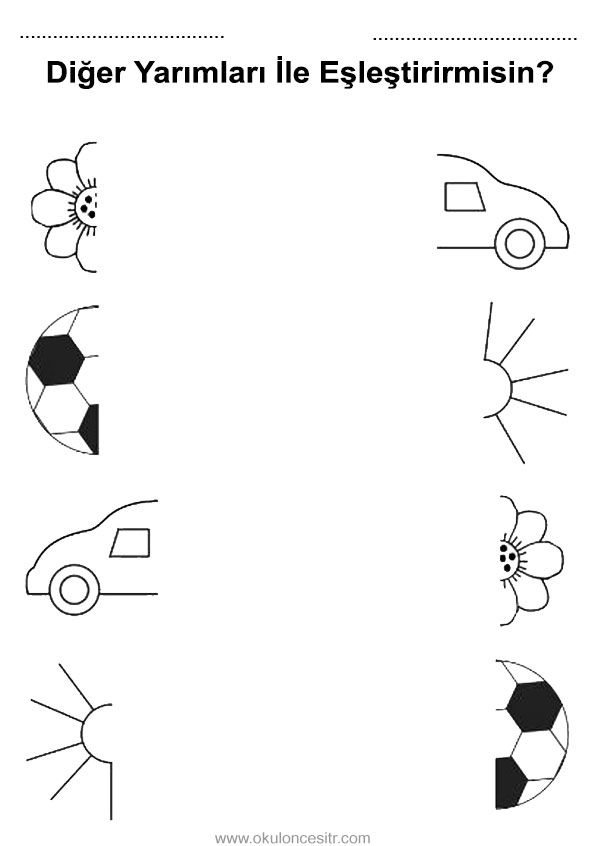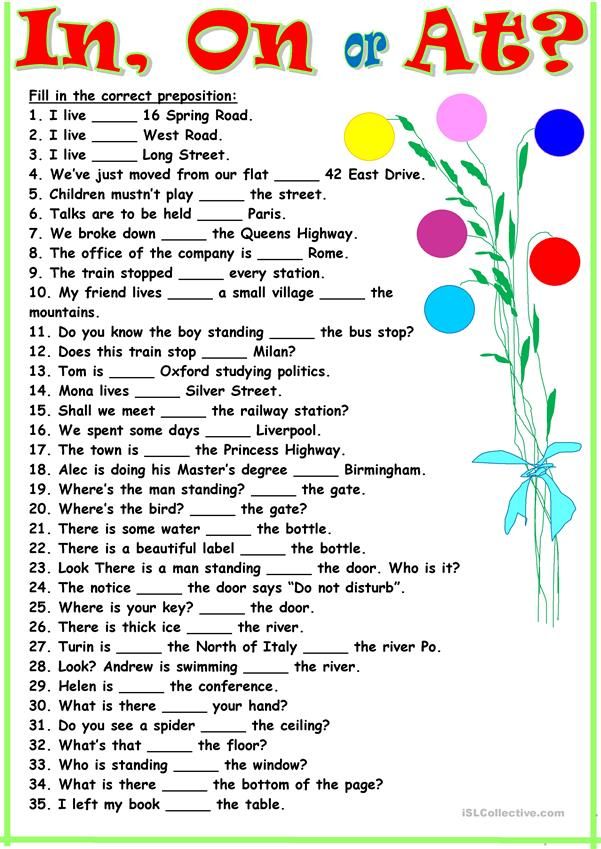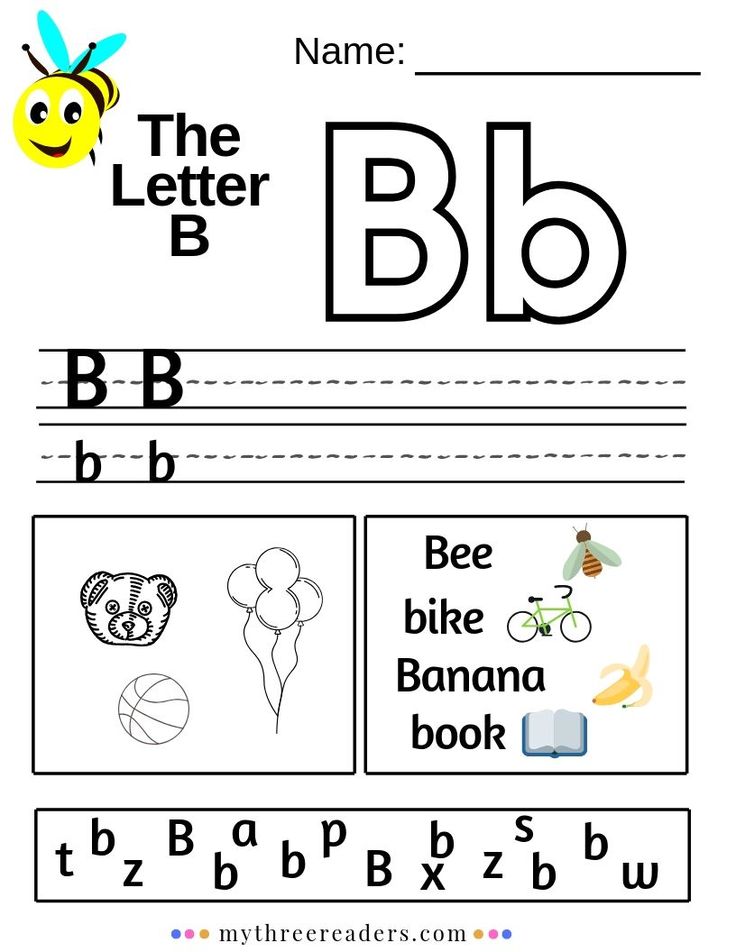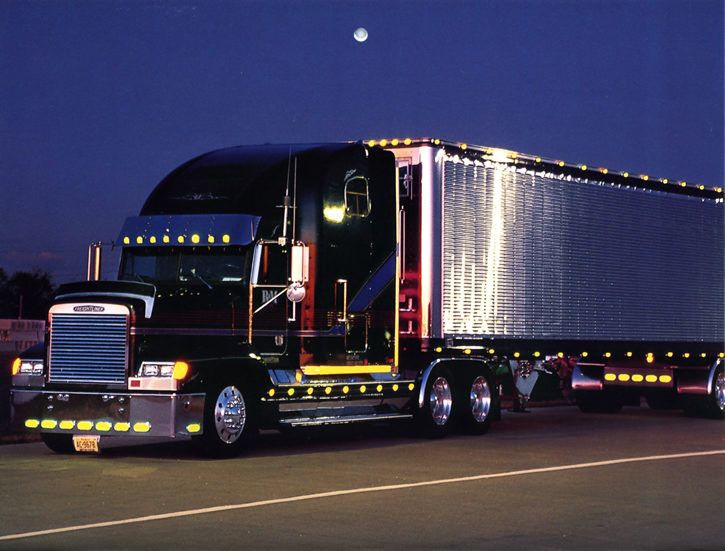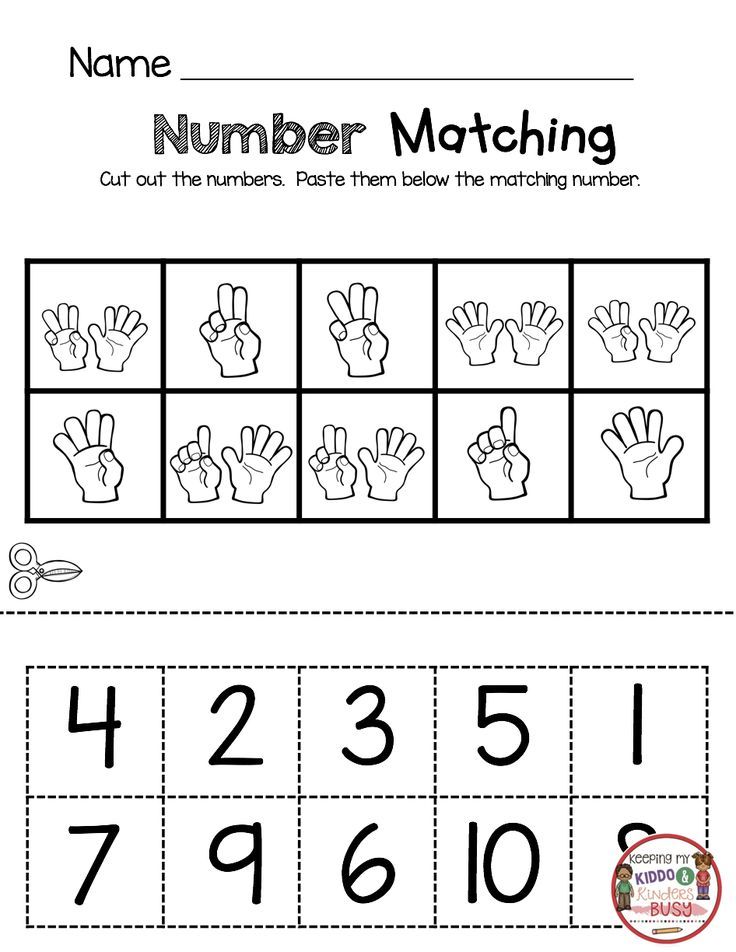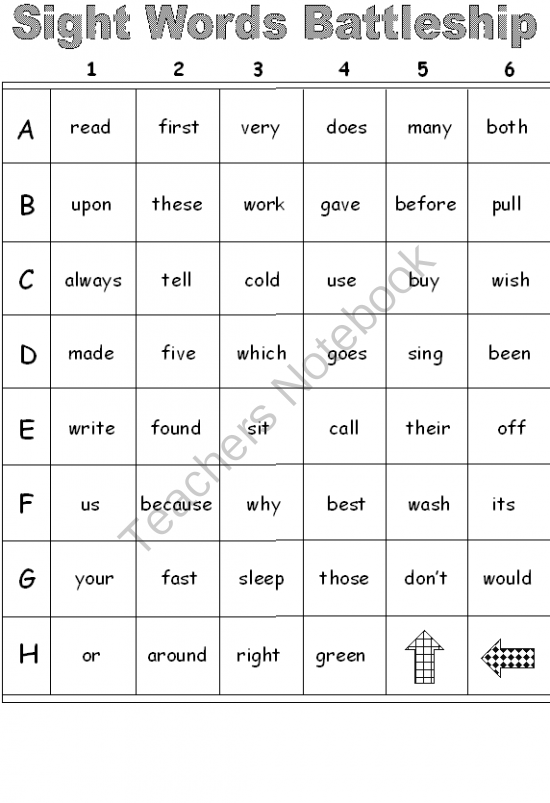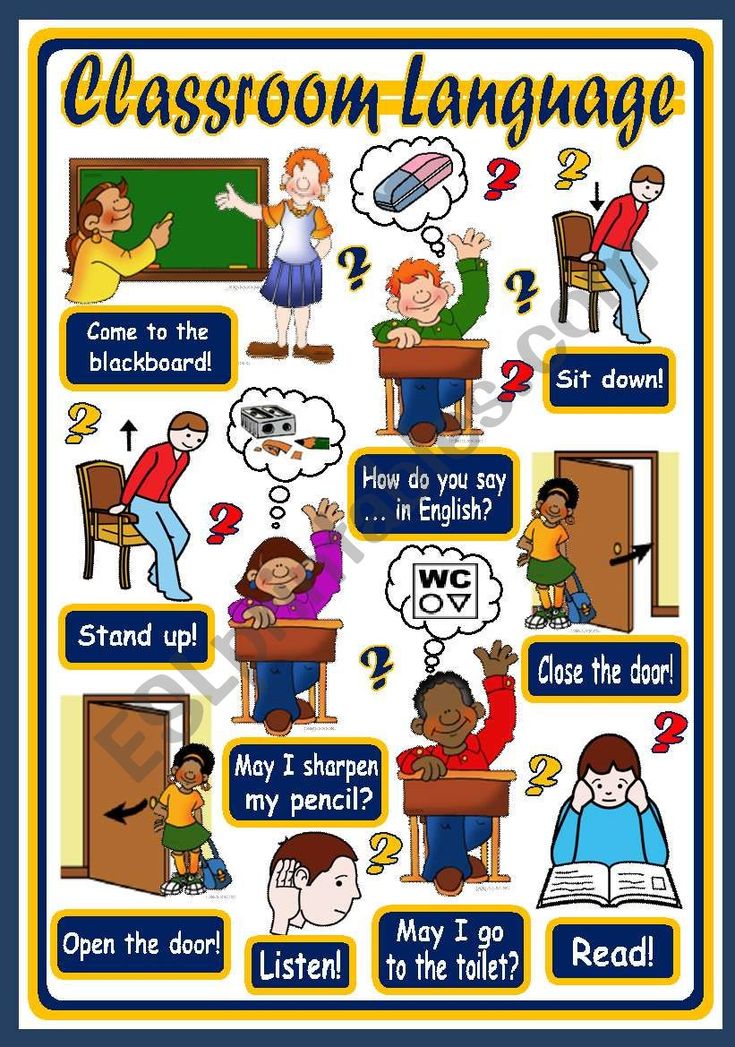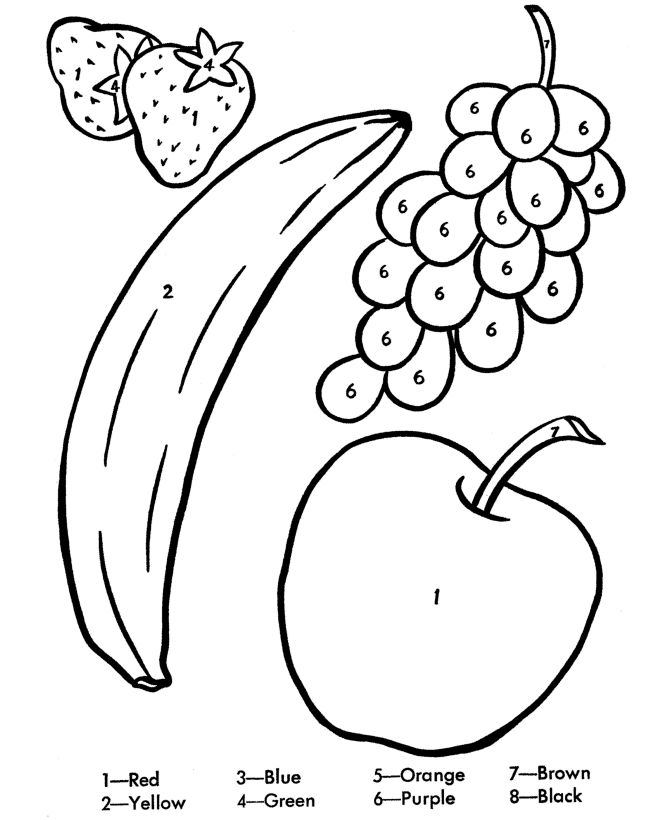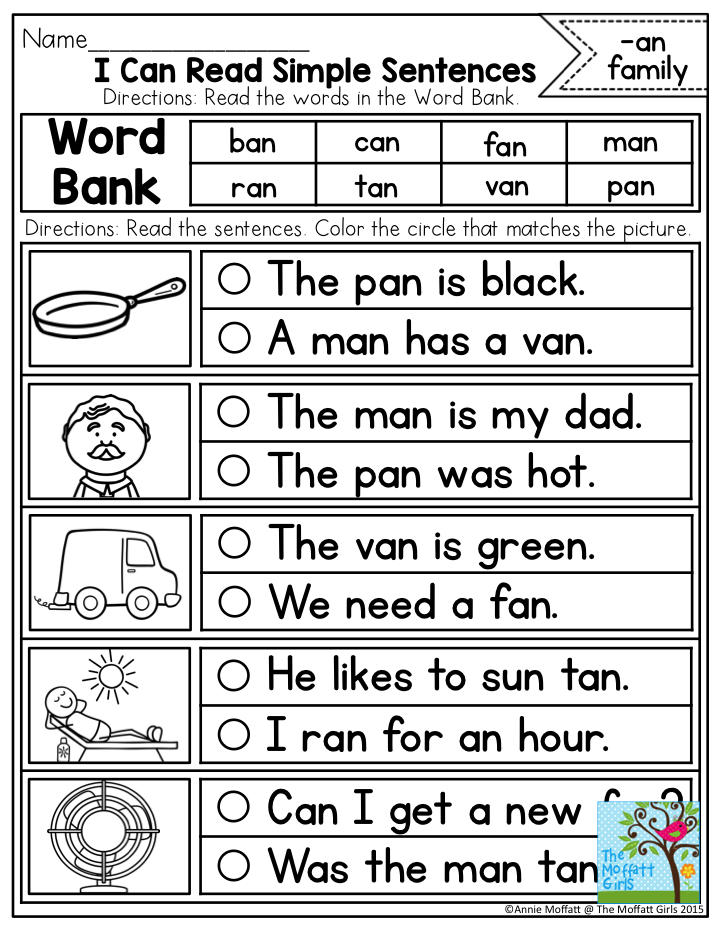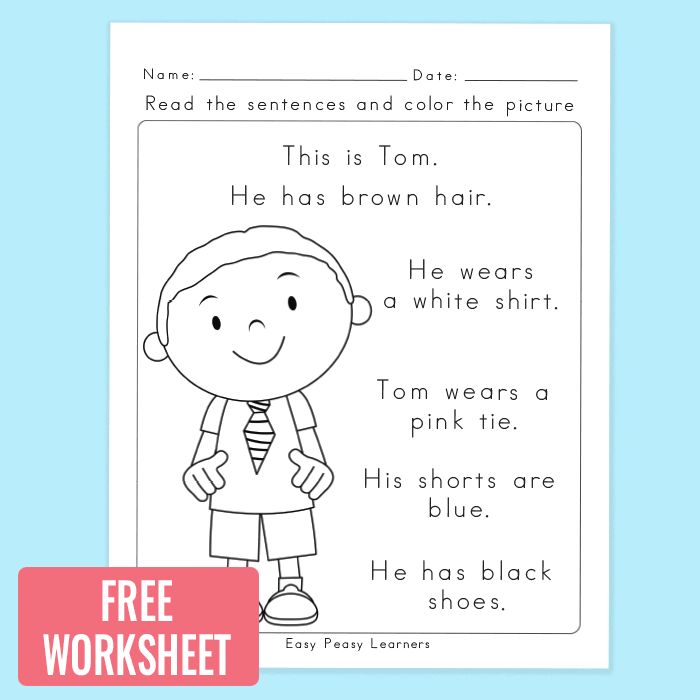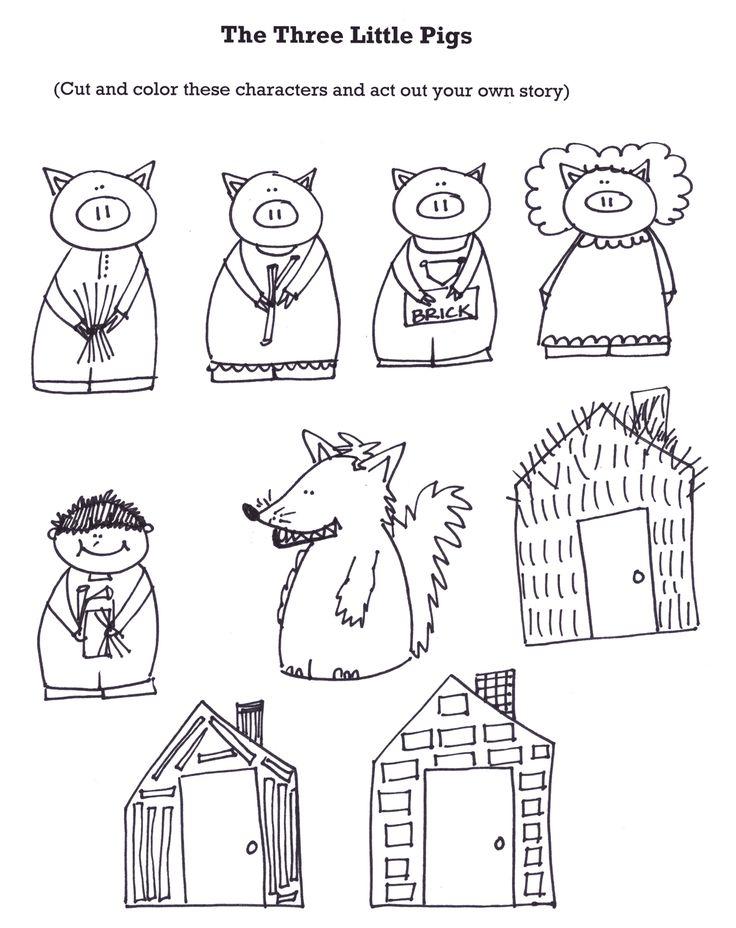Three year old learning activities
7 Fun And Easy Learning Activities For 3-Year-Olds
Finding activities for 3-year-olds should be easy, but that’s not always the case.
Maybe you’ve planned a few fun games to keep your child entertained during the day. These were activities they loved last week, so surely they’ll still find them entertaining. Not today.
For some reason, these games no longer hit the sweet spot, and your child looks at you as if to say, “Is this all you’ve got?”
We’ve been there! So what can you do?
Fear not. We’ve compiled a list of creative and engaging activities to keep your three-year-old entertained (and learning!) at home.
Importance Of Learning Activities For 3-Year-Olds
Three-year-olds have a lot of energy, and they are often eager to try new experiences. This is great because, while engaging in activities, your child has the opportunity to develop many valuable skills.
For instance, hands-on activities — in which your child molds, cuts, sticks, sorts, or manipulates objects — help them develop motor skills. They also help your child learn to follow directions for precision and accuracy.
All of these skills can be used later in life with important, daily actions such as writing and tying shoelaces.
Similarly, activities like putting puzzles together and playing with building blocks help develop reasoning skills and creativity, to name just two benefits for your child..
Different learning activities for 3-year-olds can also help your child exercise patience, perseverance, and logical thinking. These are all important for a young child’s development.
The first six years of a child’s life are a critical period for brain development. When children engage in activities that incorporate multiple skills simultaneously (like listening, talking, and using their hands), it activates more areas of the brain and helps enhance learning.
How To Approach Activities For 3-Year-Olds
Keep It Simple
So often, parents assume they have to find the most elaborate activities and games for their children. Of course, you’re free to do so, but it’s important to know that’s not always necessary.
Of course, you’re free to do so, but it’s important to know that’s not always necessary.
Three year olds are fascinated by lots of simple things — different colors and shapes, how these colors change when you mix them (e.g., red and blue make purple), kicking a ball, storybooks about dinosaurs, baking cookies, and so on.
To create engaging learning activities for 3-year-olds, you don’t have to overwhelm yourself. Instead, you can use many everyday items you already have around the house.
Allow For Creativity
Life is full of rules, so, during these activities, why not just let your child be, well, a child? If they decide to paint a blue dog, that’s OK! And if they choose to create a 10-legged cat, what’s the big deal?
It’s essential to allow your child to do crafts in their own way and give them ownership over the experience.
That being said, always consider whether or not you’re up for a mess. Sure, the Pinterest images of children covered in colorful paint or glitter look like a blast, but we all know someone has to clean that up!
If you’ve had a long week at work, for instance, there’s nothing wrong with choosing activities for 3-year-olds that will not drain the little bit of energy you have left, and then leaving the messy ones for a less stressful time.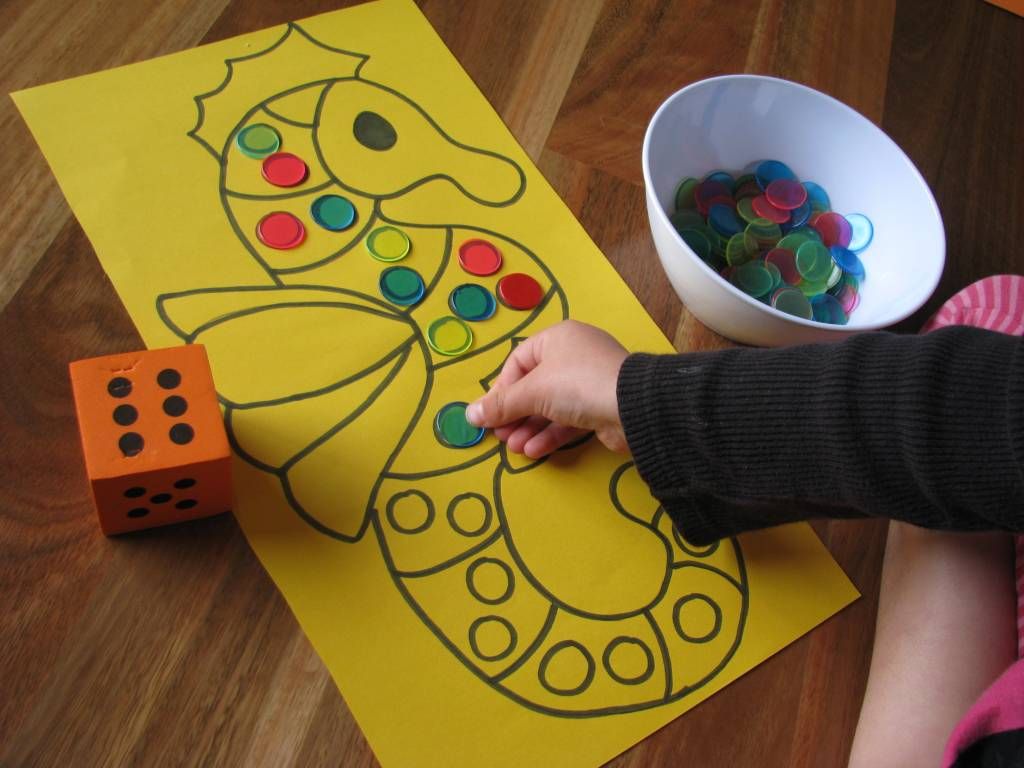
Be Flexible And Patient
While introducing different activities, it’s important to understand that your child might prefer some over others. That’s OK!
At this age, your child is learning who they are and what they’re comfortable with. Understanding their likes and dislikes is part of the learning process for us as parents.
7 Fun And Easy Learning Activities For 3-Year-Olds
1) Number Hunt
What You’ll Need:
- From teddy bears to building blocks to balls, any fun items can be used for this activity!
What To Do:
Ask your three-year-old to find an item or a group of items. For example, ask them to find one teddy, two socks, and three balls. To add a little more excitement to the mix, you can also time your child. Can they find the items in just one minute?
If recalling all this information is a little tricky for your child right now, that’s OK. You can start by asking them to search for one item at a time (e.g., one teddy, and then one sock, and then one ball) and progress from there.
This is a great activity for an active young child. It helps to get those mental juices flowing as they will need to remember what items they need to find and the number they need for each.
2) Pasta Necklaces
- What You’ll Need:
- Dry, uncooked pasta (the tubed ones, to be specific)
- Sealable plastic bags
- Food coloring
- A cotton thread or string (you can also use an old shoelace)
- Tray
- Paper towel
- Optional: rubbing alcohol and beads
What To Do:
Start by placing the pasta into your plastic bags, and then add a few drops of food coloring and some rubbing alcohol. Note that you don’t have to use rubbing alcohol, but it helps to dry the food coloring faster.
After adding the coloring, seal the bag properly and give it a good shake. Now pour the colored pasta out on your trays (which you’ve lined with paper towels) and allow them to dry.
While waiting for the pasta to dry, you can cut the desired necklace length for your child out of the thread and string and tie a knot on one of the ends.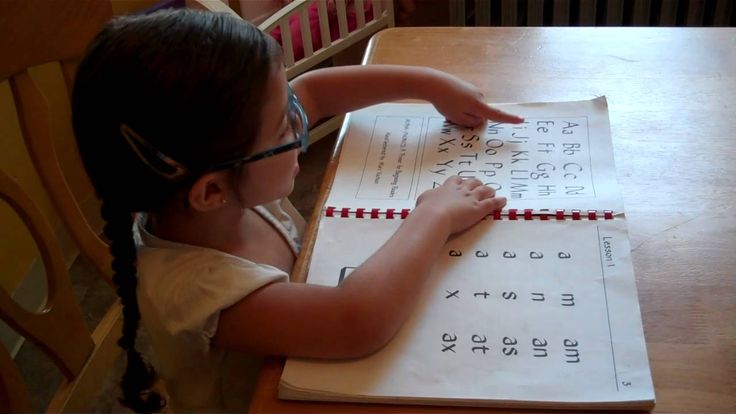
Once the pasta is dry, your child can then string the pasta and the beads (optional) to make a necklace. When they reach the end of the string, remember to tie the two sides together.
This is a fun way to help your child practice counting (“How many pieces of pasta are you adding?”), continue developing their fine motor skills, and tap into their creativity.
3) Trace Yourself
What You’ll Need:
- Crayons
- Paper sheets
What To Do:
This activity requires the least amount of prep and can be great for an easy afternoon when you’re in the mood for low mess levels.
The simplest body part to start with is your child’s hands. Once your child has mastered tracing out their hands, they can progress to their feet.
(For even more fun, use a very large piece of paper and trace your child’s whole body. They can then color features and clothes.)
This is an excellent way to help your child practice their grip on items (fine motor skills, anyone?), as they will need to firmly hold onto the crayons throughout.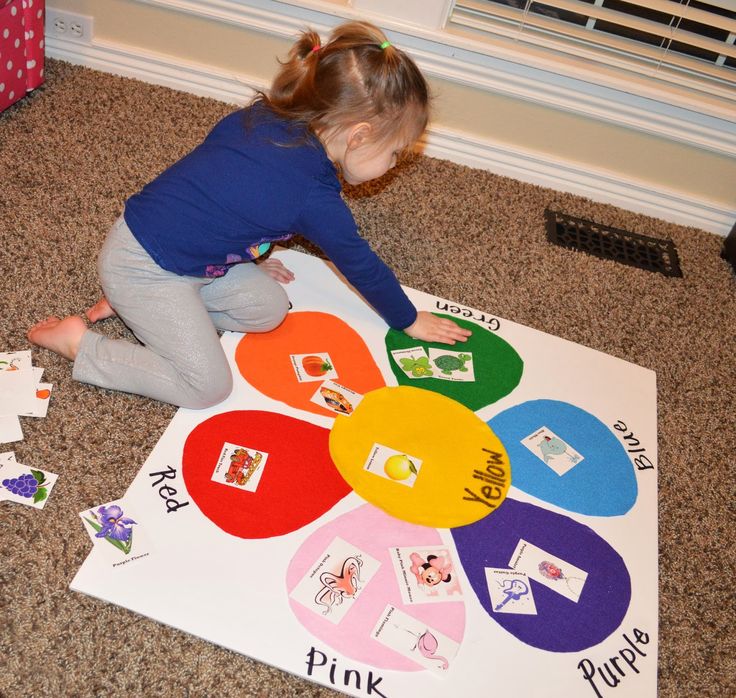
4) Make An Ocean
What You’ll Need:
- HOMER Sail The Ocean printable coloring page
- Crayons, markers, or colored pens
What To Do:
Help your child color in the printable and discover all the interesting creatures that live in our seas!
This is a great activity to help familiarize your child with ocean creatures. You can encourage them to give the fishies silly names and even make up stories about them.
This activity helps kids express their creativity and continue practicing their coloring.
5) Build A City
What You’ll Need:
- Building blocks
What To Do:
Help your child discover their inner architect by building their own city. The city can have high-rise buildings, a community park, and even a local candy store. There are no limitations!
This activity will help your child channel their creativity and problem-solving skills. They will also learn important life concepts, like understanding that for a building to be solid, they’ll need to create a firm foundation.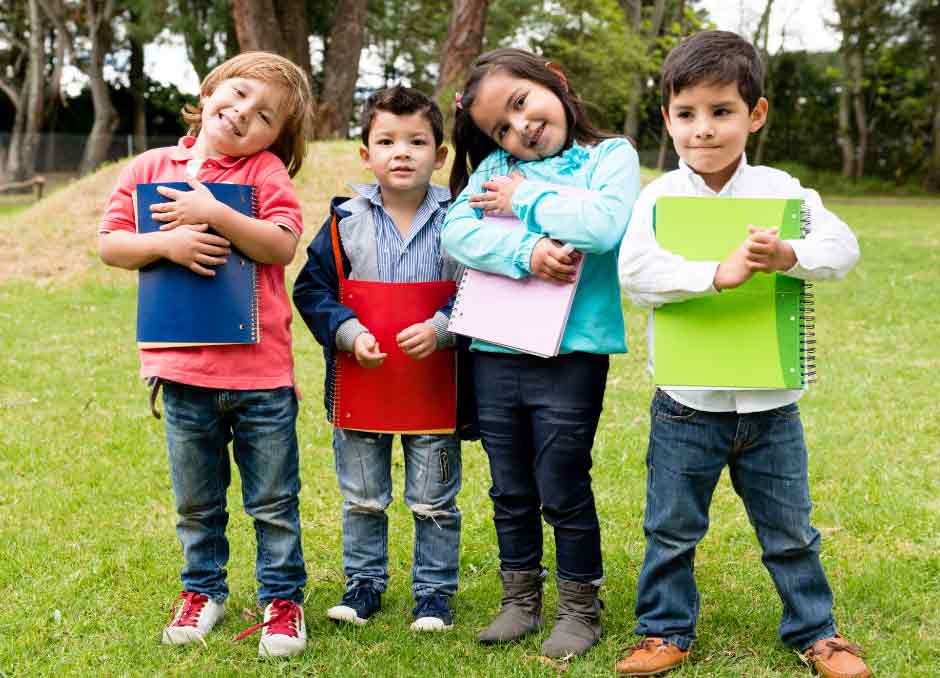
6) Watch It Grow
What You’ll Need:
- HOMER printable field notes template
- Crayons or pencils
- A large jar (glass or clear plastic)
- Fast-growing seeds (e.g. peas or beans)
- Paper towels
- An old milk or juice carton
- A ruler or measuring tape
What To Do:
Start by asking your child to fill the jar with paper towels, and then pour water onto the paper towels until they are slightly damp.
Proceed to “plant” the seeds into the damp towels. Remember to position them near the edge so you can see them grow! You can then use the printable to decorate the watering can (the milk or juice carton) and add a tag with the plant’s name.
Over the following days, ask your child to note anything they observe from the seeds. They can also measure the growth and log field notes to track the changes. Remember to add some water if the paper towels dry out.
This is a great activity to help your child practice using a measuring tool.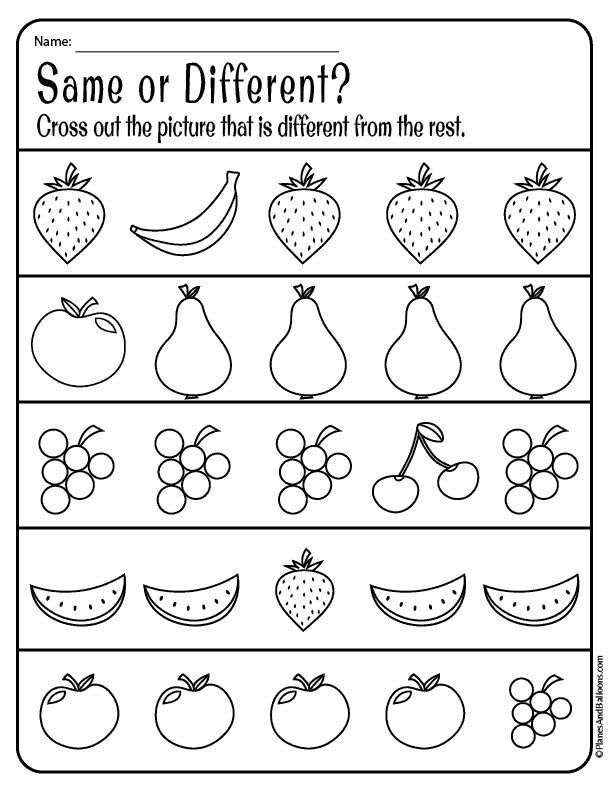 They will also learn how plants grow, as well as the importance of water, sunlight, and patience!
They will also learn how plants grow, as well as the importance of water, sunlight, and patience!
7) Create Your Own Color Hunt
What You’ll Need:
- Crayons
- Five objects that match each color crayon in or around the house
- Optional: HOMER Make a Color Hunt printable
What To Do:
Draw a square in the center of a piece of paper (or use the optional Make a Color Hunt printable). After drawing the square, use just one color to color it in. Lastly, hand your child the paper and ask them to find five items in or around the house that have the same color.
For young kids who aren’t counting yet, you can place items into a bucket or box and ask them to find the items from inside that match the color in the box.
This is a great activity to help with sorting, learning colors, and counting.
Let The Adventures Continue!
There are lots of ways to help your child stay entertained, engaged, and learning while at home! Whether you choose all or some of the above activities for 3-year-olds, remember to incorporate a mixture to help your child continue developing different important skills.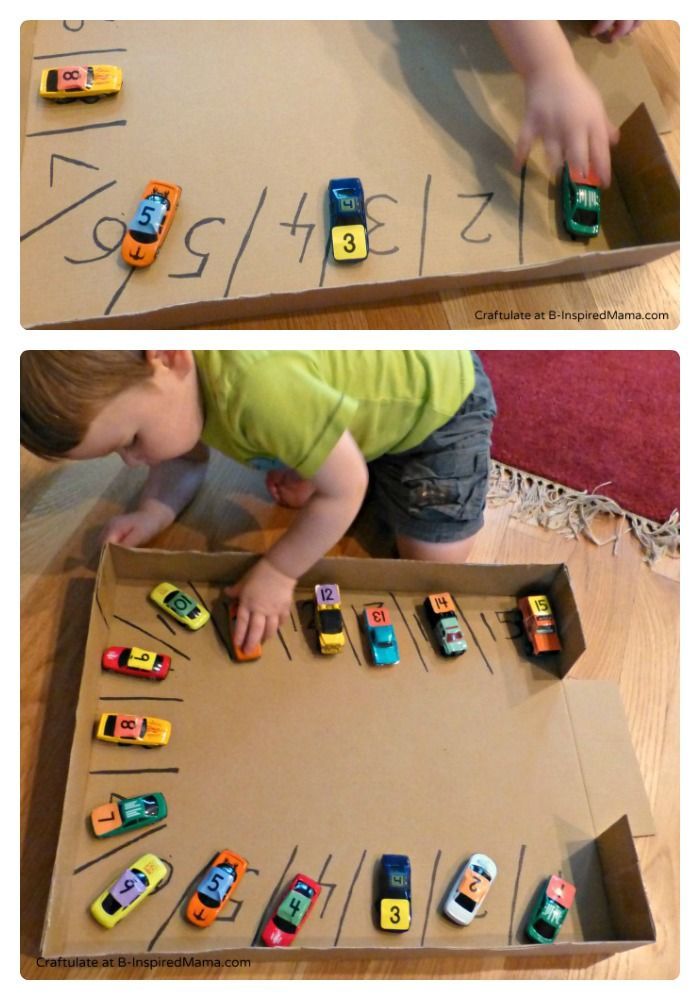
If you’re searching for more learning activities for kids to try at home, check out THE HOMER Blog for inspiration!
Author
36 Fun And Interesting Learning Activities For 3-Year-Olds
Multiple outdoor and indoor activities from all genres for your adorable toddler.
Research-backed
MomJunction believes in providing reliable, research-backed information to you. As per our strong editorial policy requirements, we base our health articles on references (citations) taken from authority sites, international journals, and research studies. However, if you find any incongruencies, feel free to write to us.
Image: Shutterstock
Three-year-olds are very active and keep parents and other family members on their toes all the time. Interesting activities for three-year-olds can help parents channelize their energy in the right direction.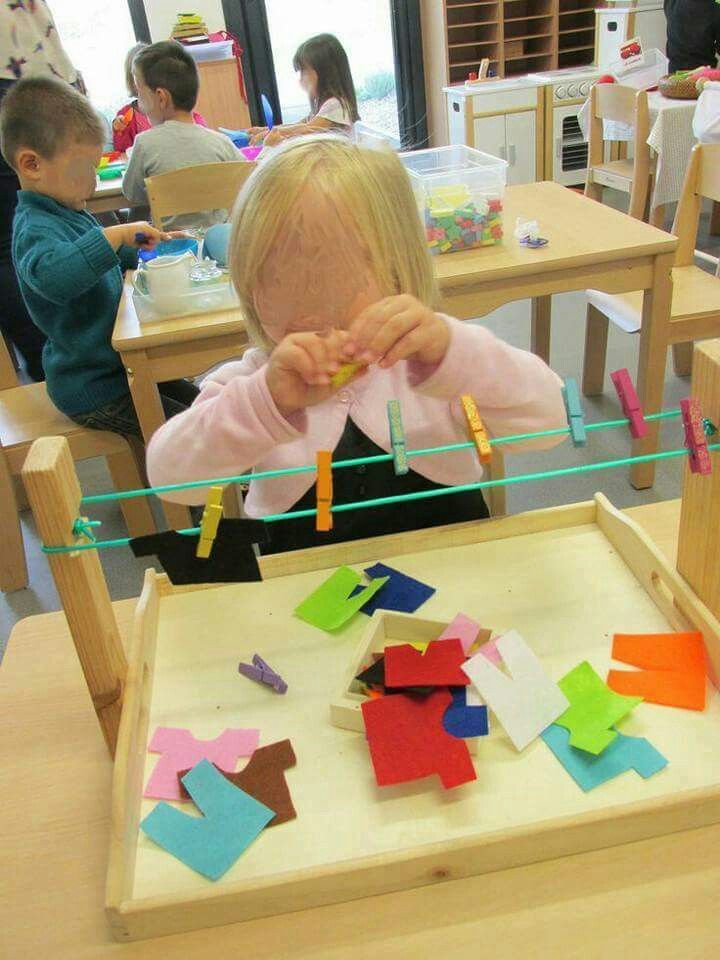 While their concentration span increases with age, they may be more restless to satiate their curiosity to explore new things. No number of toys or games can hold a three-year-old’s interest for very long. So to keep them engaged in a particular activity for more than just a few minutes, it is inevitable for parents and caregivers to come up with meaningful activities that would cater to their preferences and interests. Read this post where we bring some amusing and educational indoor as well as outdoor activities that keep your three-year-old engaged.
While their concentration span increases with age, they may be more restless to satiate their curiosity to explore new things. No number of toys or games can hold a three-year-old’s interest for very long. So to keep them engaged in a particular activity for more than just a few minutes, it is inevitable for parents and caregivers to come up with meaningful activities that would cater to their preferences and interests. Read this post where we bring some amusing and educational indoor as well as outdoor activities that keep your three-year-old engaged.
35+ Activities For Three-Year-Olds
Arts And Crafts To Improve Creativity
Art and craft activities are said to improve children’s cognitive abilities as they enable them to use multiple areas of the brain. Using both their hands and fingers also encourages the development of muscles in those areas and could improve their fine motor skills.
Here are a few art and craft activities for three-year-old kids.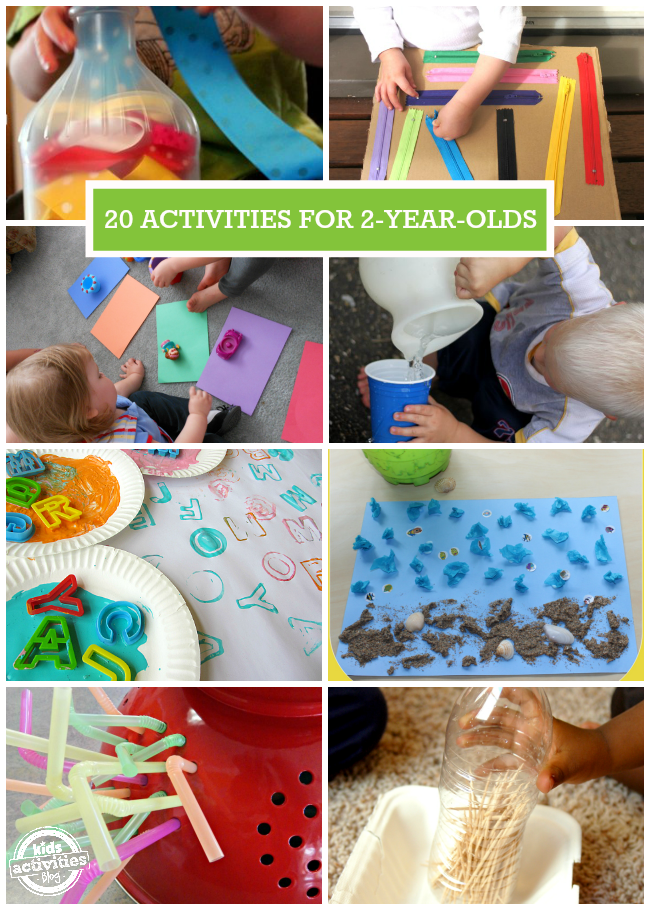
1. Fabric painting
For a three-year-old child, fabric painting could be something basic to teach them a few painting techniques, shapes, and colors.
You will need
Old fabric or T-shirts, fabric colors, stencils or chart papers, small sponges
How to do
- Get ready-made stencils or take a thick chart paper and make some shapes like stars, hearts, drops, etc., in it to make your stencil.
- Tape the stencil on the fabric and ask your kids to fill it with color using the sponge.
- Once they are done, remove the tape and stencil to find surprisingly perfect shapes.
- Repeat the process in different parts of the fabric to get a beautifully painted fabric.
Image: iStock
2. Drawing or Painting
You cannot ask a three-year to draw a masterpiece. Instead, you can help them paint or draw something with easily available tools.
You will need
A paper or a drawing book, water colors or acrylic paints or crayons, pencil, fork, brushes, or sponges.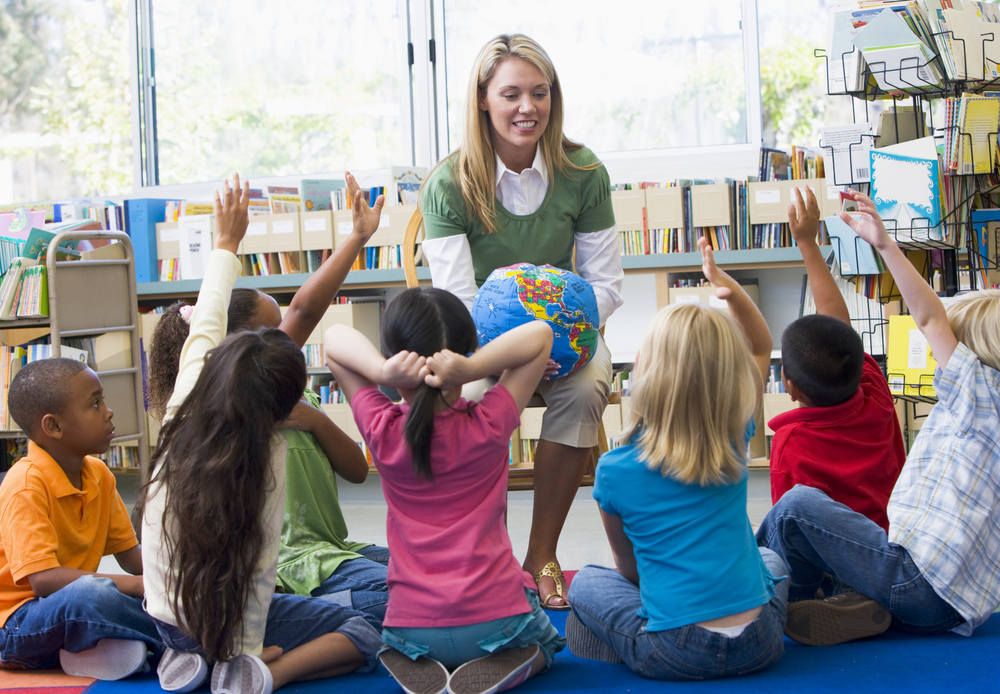
How to do
- Get them an appealing coloring book and ask them to fill the images in it with colors as in the reference image.
- You can also draw some simple geometric figures like squares, circles, or triangles and ask them to color them.
Image: iStock
3. Pot Painting
Get a plain terracotta or a clay pot from your garden and let your kids add color to it. Be open-ended so that your kids use their creativity to make it beautiful in their way, even if it is not perfect.
You will need
A small empty clay pot, bright colored acrylic paints, a wax paper, and a newspaper.
How to do
- Spread the newspaper on the floor, followed by the wax paper. Keep the clay pot upside down on the wax paper.
- Squeeze acrylic paints around the pot’s edge so that it drips down and colors the sides of the pot. Take one color at a time and do it one after the other.
- Don’t let the paints dry in between.
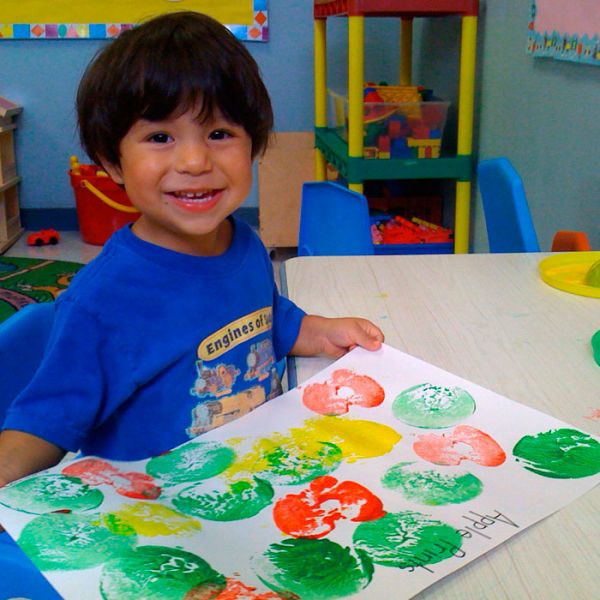 Once the pot is completely covered, let it dry for at least a day.
Once the pot is completely covered, let it dry for at least a day. - You can also keep the canvas clear with a base coat of white or black and ask your kids to paint whatever they wish.
Image: iStock
4. Stamp Painting
This is one of the easiest ways to make your kid paint different patterns without much effort. You can use a variety of objects to create beautiful patterns with this art form.
You will need
Potatoes, lady’s finger, onion, natural flowers, leaves, cookie-cutter, knife, paints, drawing paper, and brushes.
How to do
- This depends on the kind of object you choose. Let’s take a big potato, cut it into half, and with the help of a cookie cutter or a knife, make some shapes out of it. Remove the excess portion, and your stamp is ready.
- Hand it over to your little one along with some paints.
- Simply dip the stamp or paint the stamp with color and press it over a drawing paper or a fabric.
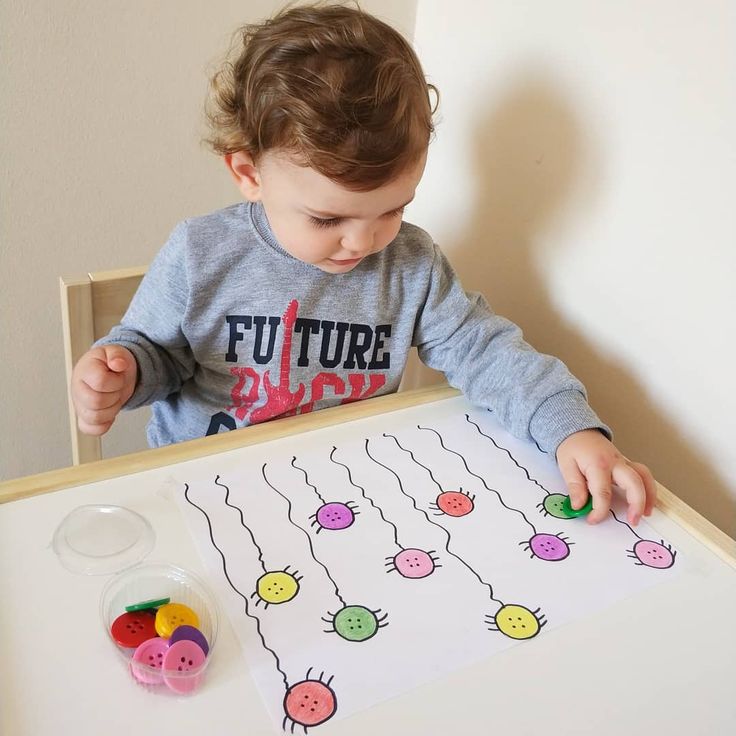
- Once they stamp at different places, you can simply join them with branches, add leaves and pot to make a flower pot or bouquet.
You can also use other objects like onions, ladyfingers, flowers, and leaves to make natural patterns.
Image: iStock
5. Cup Painting
You can paint the cups and also make different creatures using painted paper cups and everyday items.
You will need
White paper cups, paints, brushes or sponges, chart papers.
How to do
- Give a base coat to the cups with the color of the creature. Let’s say you’re making a chicken. Paint the cup yellow.
- Draw its eyes with black and white, and nose red.
- Cut the red chart paper to make its crown and feet and paste them on the top and bottom of the cup, respectively.
Similarly, your kids can create different characters like Peppa pig, angry bird, frog, etc.
6. Paper Plate Crafts
Just like paper cup crafts, the paper plate painting is quite interesting to do.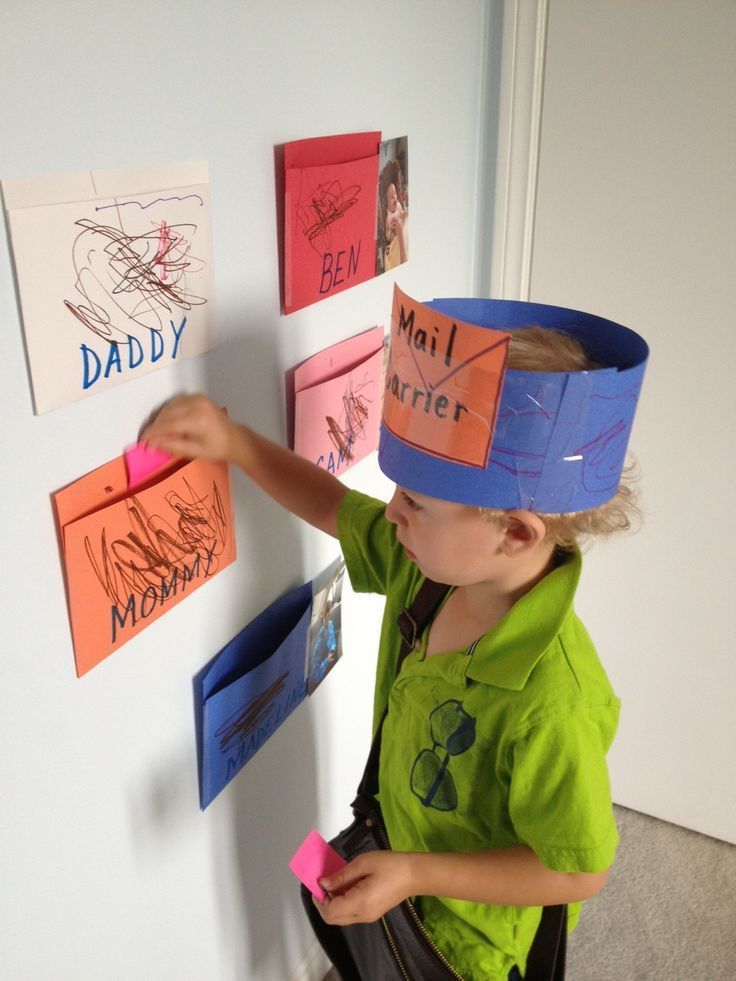 You can make paper plate fans, paper plate turtles, and paper plate sunshine.
You can make paper plate fans, paper plate turtles, and paper plate sunshine.
You will need
Disposable paper plates, paints, brushes, color charts, ice cream sticks, etc.
How to do
- Take a paper plate, flip it towards its bottom, and color it with your favorite color or multiple colors.
- Take the colored paper and cut it into six shapes: four feet, one head, and a tail.
- On the head, draw the turtle’s eyes, nose, and mouth.
- Stick all six shapes to the turtle, and that’s it, your paper plate turtle is ready.
You can also make a ladybug in the same way.
Image: iStock
7. Bird Feeders
A nature craft idea for three-year-olds is bird feeders of different varieties, shapes, and sizes. A well-made one is sure to attract birds to your garden.
You will need
Empty tissue paper rolls, birdseed, twine thread, vegetable shortening, popsicle sticks, and a plate.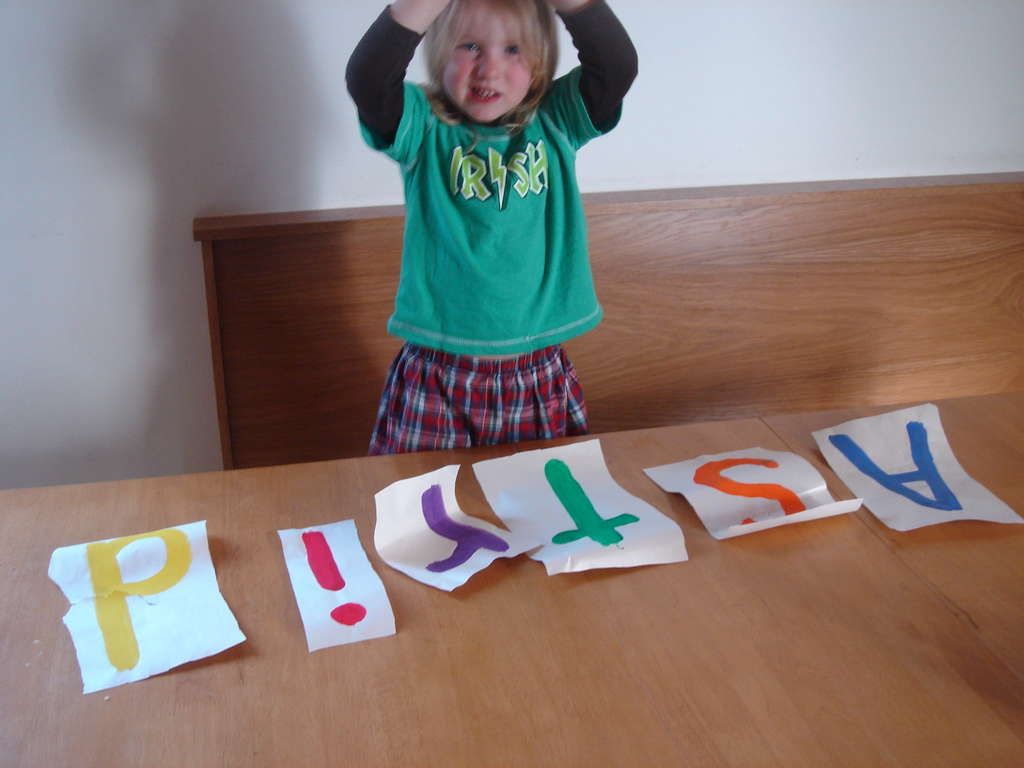
How to do
- Using the popsicle stick, ask your kid to spread the vegetable shortening on the empty tissue roll. This makes the paper roll water-resistant and helps it to hold the feed in place.
- Take the bird feed on a plate and roll the tissue roll over the feed. Make sure the feed gets stuck to the roll completely.
- Pass the twine through the tissue roll and tie it at one end, and your handmade bird feeder is ready.
- Hang the feeder to any tree in your garden.
You can also use pine cones or cardboard to make different feeders.
Image: iStock
Sensory Developmental Activities
Sensory activities for kids stimulate their senses like touch, smell, taste, sight, hearing, balance, and movement. The benefits of sensory activities could include language development, development of fine motor skills, and problem-solving. Listed below are a variety of sensory development activities that would stimulate your child’s senses differently.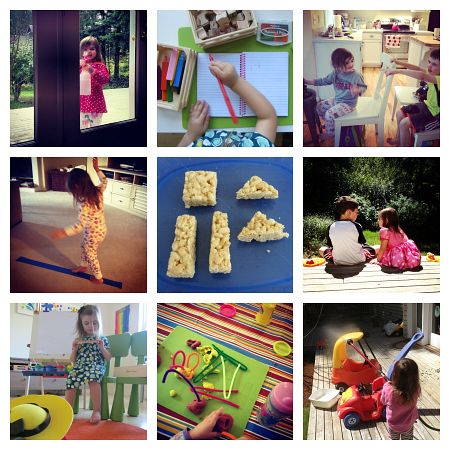
8. Playdough Crafts
Playdough is a popular activity that encourages creativity in children. But if your three-year-old has the habit of putting everything in the mouth, you need to exercise some caution. In such cases, you can opt for homemade edible playdough.
You will need
Colorful play dough, cookie cutters, play scissors, popsicle sticks, etc.
How to do
Ask your kids to use the play dough to make a simple ball, roll into a snake shape, flatten it with hands or a rolling pin.
Once they master doing these simple things, they know how to use their hands to shape the dough. Then you can ask them to make shapes using a cookie cutter or play scissors and slowly progress into making some small animals and objects.
Image: iStock
9. Pasta Bin Activity
This activity can develop the senses of touch and sound in your preschoolers. With a few items available at home, you can try this activity.
You will need
Pasta noodles, a big basket, bottles with caps, measuring jars or cups, a blanket.
How to do
- Take a big basket and fill it with pasta or macaroni.
- Give the empty bottles to your kids.
- Ask them to fill the bottles with pasta using the measuring jars.
- Once they fill all the bottles, they need to empty them and refill them.
For the sense of sound, ask them to fill each bottle to the half, secure the lid and shake it. Ask them to observe how each bottle is sounding differently, quieter, or louder. Change the quantity of pasta and ask them to check the sound again. Albeit a bit noisy, this activity can be fun.
Image: iStock
10. Frozen Treasure
This sensory activity for three-year-olds requires pre-planning and execution by the parent. It is quite apt during the summer to beat the heat.
You will need
Fresh fruits or small toy figures, freezer-safe containers, a kid-friendly tool kit with a hammer, screwdriver, and pliers, and a big tub.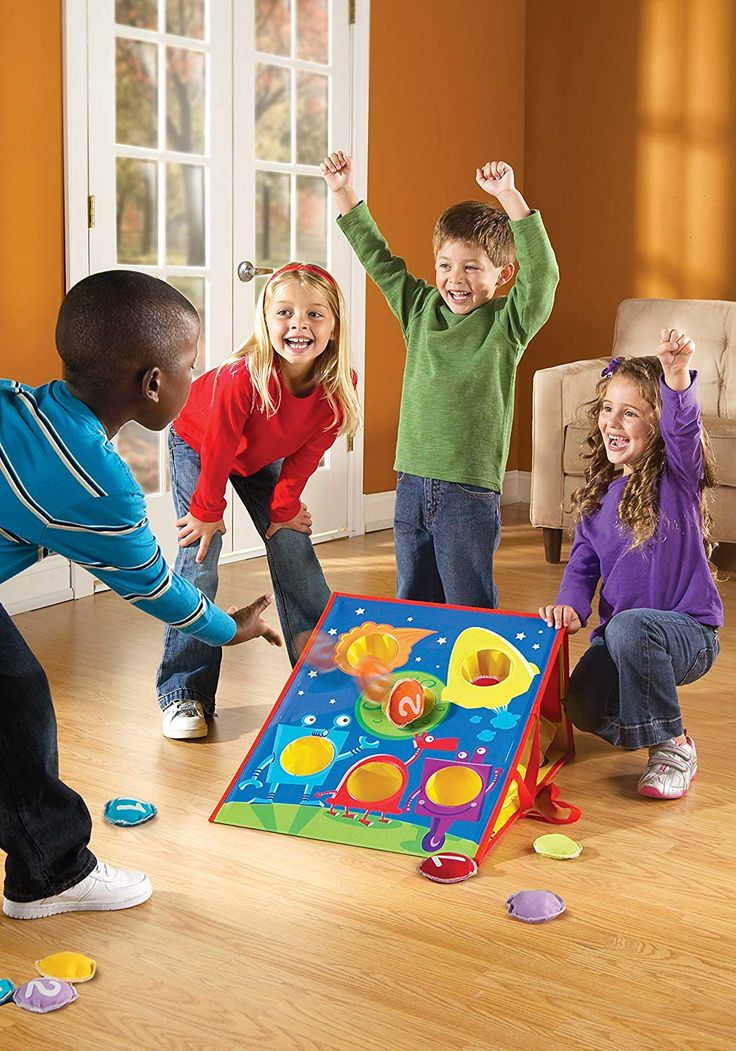
How to do
- A day before the activity, fill the freezer-safe containers with small fruits like berries, grapes, and cherries, add water, and freeze them. Fill four to five containers with different colored fruits and freeze them overnight.
- On the day of the activity, remove all the ice blocks from the containers and put them in a big tub.
- Hand over the tool kit to your toddlers and ask them to dig and find what’s hidden.
Image: iStock
11. Animal Sound Game
This activity of guessing the sound helps your child develop the hearing ability and also the ability to memorize things. It’s simple and does not require any crafting supplies.
You will need
A phone or a laptop.
How to do
Download some animal sounds, vehicle noises, bird chirpings. Play them for your children and ask them to guess the sound.
If they’re not familiar at first, tell them what the sound is. When they can imitate the sounds and recognize them, you can play the guessing game.
When they can imitate the sounds and recognize them, you can play the guessing game.
12. Smell It and Tell It
This is similar to the Guess the Sound game; only here, kids have to smell different objects and identify them. They could be edible or non-edible items but must have a unique that makes it easier for them to guess.
You will need
Fresh fruits, flowers, soaps, perfumes, a cloth to blind old, etc.
How to do
- Blindfold your children with a soft cloth and keep various objects before them.
- Ask them to pick one at a time, smell it, and guess what it is.
- Score them for every correct guess and keep aside the incorrectly guessed objects.
- Once they remove the blindfold, show them what they missed.
13. Treasure Hunt in a Sandbox
Kids love playing in the sand. So why not create a sensory game out of it?
You will need
A sensory bin or a big container, sand, coins, jewelry, etc.
How to do
Hide the coins, jewelry, and other toys in the sand. Ask your little one to explore and find all the hidden treasure. To make it more exciting, ask them to find it within a time frame.
Image: iStock
14. Pasta Sorting
This is both a sensory and learning activity. If your kids are aware of colors, this activity helps improve their knowledge of different shades of colors.
You will need
Pasta, food color, color bowls, a big container.
How to do
A day before the activity, take four portions of pasta, add different food colors to it and dry it.
On the day of the activity, mix the pasta in a big bowl, and keep the colored bowls beside it. Ask your kids to sort the pasta based on color.
15. Transferring or Shifting Activity
Shifting objects from one container to another, or from one place to another, might be easy for adults. But for toddlers, it’s a challenging activity.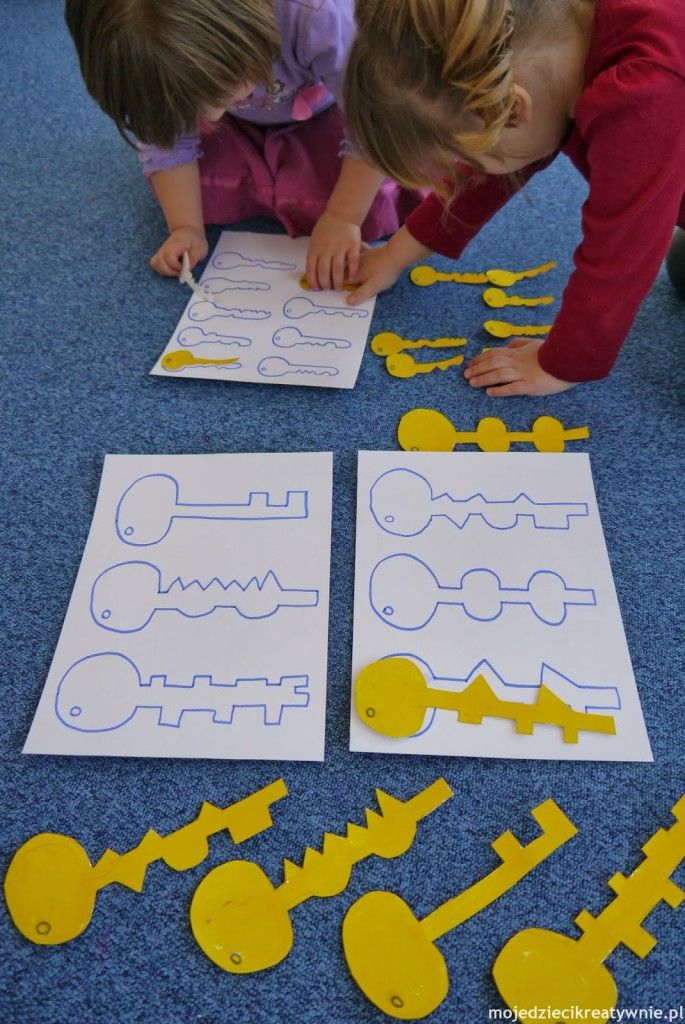
You will need
Two containers, small objects like toys, cushions, etc.
How to do
Keep two containers at different places and fill one with toys. Ask your child to transfer them from one container to the other.
Learning Activities
There is some learning in activities designed for children. However, certain activities are specifically targeted at teaching specific things like colors, letters, numbers, or names. Listed below are such learning activities that keep your three-year-old engaged and entertained.
16. Color and Shape Sorters
This is a fun activity to teach colors and shapes. Your toddlers would enjoy and also learn something new.
You will need
Objects in primary and secondary colors, readily available shape sorter set.
How to do
Place primary and secondary colored objects differently and teach your kids. Once they understand the differences, mix everything, and ask them to sort.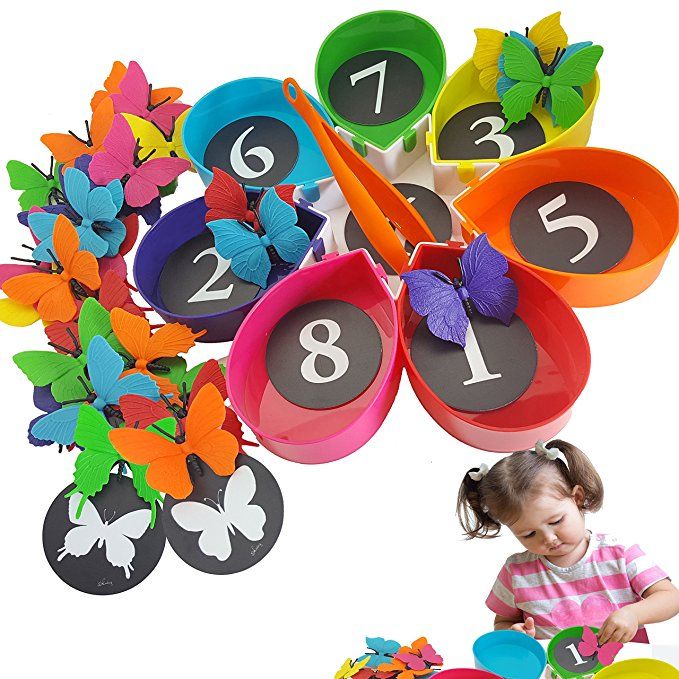
For teaching shapes, you can buy any shape sorter game readily available. Once they learn the shapes, you can take it to the next level by asking them to sort them.
Image: iStock
17. Learn Letters and Numbers
Teaching your preschooler letters and numbers at home is a good way to engage them.
You will need
Butter beans, marker, white chart.
How to do
Mark the butter beans with letters and numbers. On the chart, draw vertical and horizontal lines to form a checkered design. Write the letters and numbers randomly in the blocks. Place the beans in a basket with the letters and numbers facing upward.
Now ask your kid to match the letters and numbers on the beans to that on the chart.
Image: iStock
18. Play with Puzzles
Puzzles are readily available and solving them can improve your child’s motor skills and cognitive and reasoning skills. In older kids, it can also help improve their concentration ability.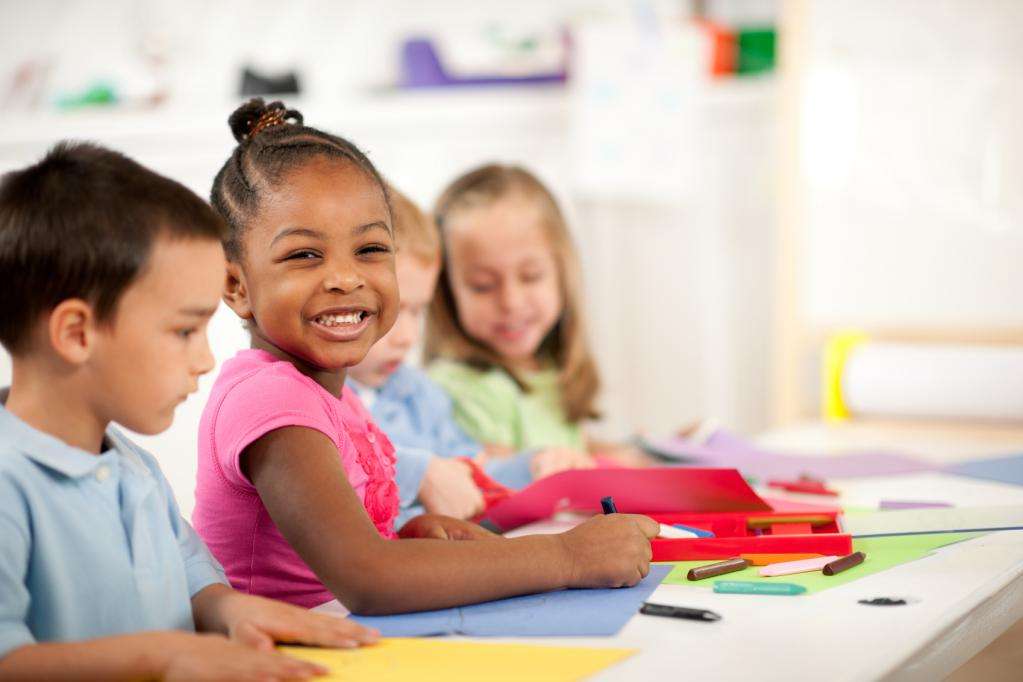
You will need
A readability available puzzle set.
How to do
Start with a small puzzle that has fewer pieces. Once your toddler masters it, slowly increase the difficulty level. Changing the puzzles often makes them think differently and aids in improving problem-solving skills.
Image: iStock
19. Cook Together
Cooking does not necessarily involve using the stove or fire. Teach your kids something that doesn’t involve serious cooking and let them discover the joy of real cooking.
You will need
Utensils, cutlery, and cooking items.
How to do
Pick a dish and get the required items. Some ideas include sandwiches, baking cookies or cakes, and making a salad.
Give them a small task like mixing the dough – show them how to first and let them try it independently. You can also do it together. One added benefit of this cooking class is getting the kids to make something healthy and eat the food they prepared.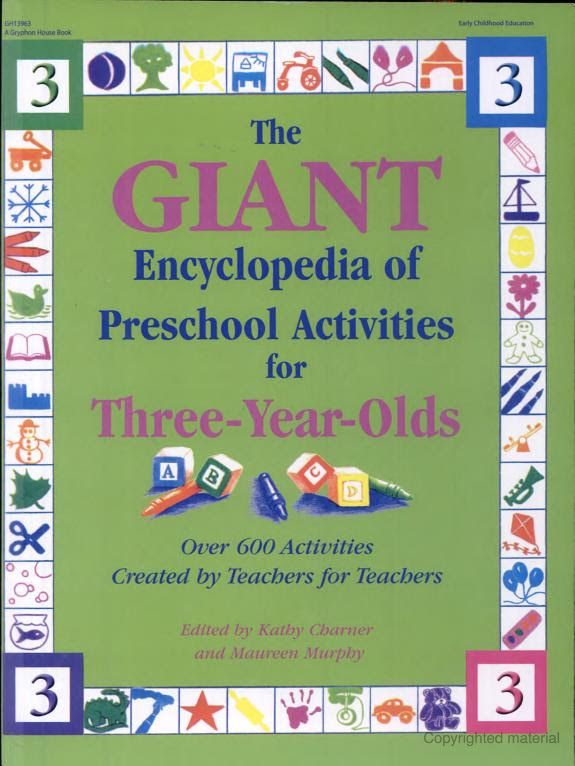
Image: iStock
Outdoor Activities
Playing outdoors is what makes the activity even more interesting and exciting for the kids. However, make sure you’re taking necessary safety precautions before planning any outdoor activities for your three-year-olds. Here are a few ideas for outdoor games and activities for three-year-olds.
20. Gardening
Gardening is a simple and interesting outdoor activity for a three-year-old. Teach them some basic gardening tasks like watering plants, pruning, planting, harvesting, etc.
You will need
A small watering can or a small bucket and a mug, kid-friendly scissors, etc.
How to do
Take your kids around your garden and tell them a little about the plants you have in there. If they’re already familiar with the plants, go straight to the activity by handing them the water can.
Show them how to do so that they won’t over water it. If the water can is empty, ask them to refill it and repeat watering to the rest of the plants.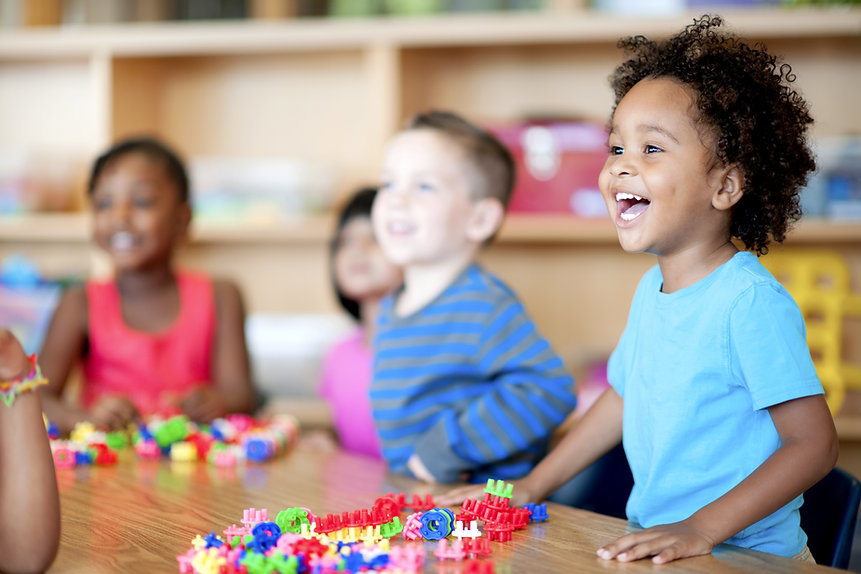
You can also teach them pruning if they understand what it is. Ask them to use their play scissors to do it along with you.
Image: iStock
21. Backyard Obstacle Course
If you have three-year-old boys who are always on the go, this backyard obstacle set-up would excite them. As it involves physical activity, it helps develop muscles, improves endurance, and aids in developing gross motor skills.
You will need
Anything available from your kids’ toys like boxes, flags, frisbees, hula hoops, balls, cones, etc.
How to do
Design your obstacle course using the items you have. Ensure the path gets the kids to jump, crawl, run, walk, balance, skip, and slide.
Image: iStock
22. Building Sandcastles
You can plan this in your backyard or on a nearby beach. Just take the kids to sand, and they will know what to do. If they don’t, you can always show them.
You will need
Sandcastle set.
How to do
If you’re planning the activity in your backyard, gather some sand at one place, give the sandcastle kit to your kids, show them some sample pictures, and leave the rest to their imagination.
Image: iStock
Indoor Physical Activities
We cannot always plan physical activities outdoors. You must have some indoor physical activity that allows your kids to move around. Listed below are a few ideas that you can try.
23. Walk Like an Animal
You don’t need any items for this activity. Just show it to them and ask your kids to imitate you.
How to do
If your three-year-olds are familiar with animal sounds and behaviors, this would be an easy and interesting activity for them. Just say the name of an animal and ask your kids to imitate. If they don’t know, you can show them how and they can imitate you.
24. Scavenger Hunt
The regular scavenger hunt is a clue-based activity. But for the tiny tots, we modify the game a little to make it simple yet fun.
You will need
White papers, pens, baskets, etc.
How to do
Before starting the activity, prepare a list of items that your kids are familiar with in the house.
Once the kids are ready, read out one item from the list and get them to bring it and place it in a box. Once they find one, call out the next item, and the next until they find all the treasure.
25. Dance Party
If you’re running short of time and ideas, one instant thing you can plan is a dance party.
You will need
Music system, some snacks, drinks, flashy lights, etc.
How to do
Set up the dance floor with lights, music, snacks, and drinks, and let the party begin. Get them to move as they want to the music or teach them easy dance steps to try with you.
Image: iStock
26. Indoor Obstacle Course
You can also plan an obstacle course indoors with some household items and some toys from your kid’s collection.
You will need
Chairs, tables, hula hoop, balance board, basket, skipping rope, play mat, and cushions.
How to do
Just design a simple obstacle course with 5-6 activities. You can incorporate some of these ideas in the activity – crawling under the chairs, passing through the tunnel made using a playmat, skipping, balancing, throwing a ball into the target, somersault, etc.
You can place cushions on the floor to prevent injuries if the child misses a step and falls.
Image: iStock
27. Yoga Practice
Teaching good habits in childhood helps the kids become better adults. Yoga is one such activity that promotes overall well-being for all age groups.
You will need
A yoga mat, some reference yoga videos.
How to do
If you’re not aware of safe yoga for kids, search some asanas that can be done by the kids. Play them on the TV and ask your kids to follow them.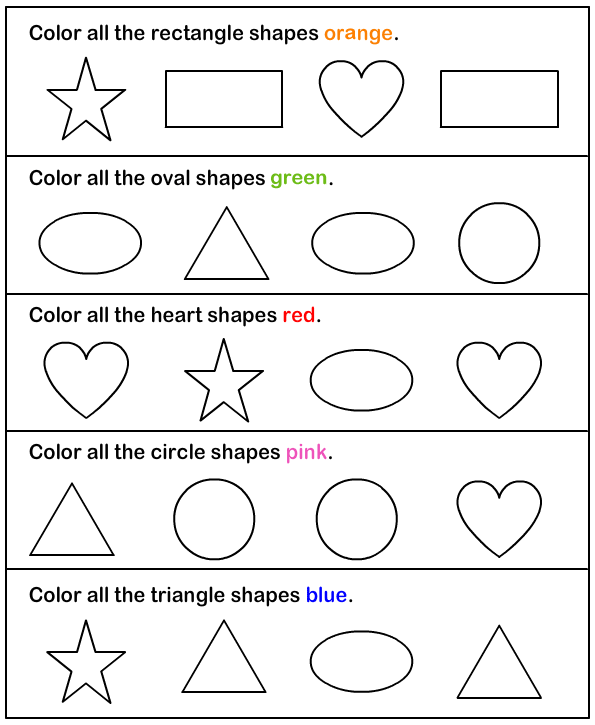
Try to do along with them so that they find the activity interesting. You can make it part of their daily routine so that they become habituated to it.
Montessori Activities
Montessori activities are designed to encourage children to learn through play. These activities are designed to promote independent thinking, fine motor skills, critical analysis right from childhood. As they’re tailored around a child’s areas of interest, they help the kids to learn quickly and easily. Listed below are some fun activities inspired by Montessori techniques.
28. Toy Cleaning
Simple but an interesting activity for kids as it involves water. It also teaches them some day to day activities that we do at home.
You will need
All the washable toys of your kids (preferably plastic and silicone toys), two water tubs, dish soap, a towel.
How to do
- Ask your toddlers to collect toys from all the rooms, sort them, and separate all the washable toys.

- Fill both the containers with water, maybe two-inches deep.
- Add dish wash soap to one container and make some water bubbles.
- Ask your kids to wash each toy at a time in the soap-filled container and then rinse it in plain water.
- Then keep them on a towel spread on the floor. Once all the toys are washed, they can wipe them with the towel.
29. Float and Sink Experiment
Let’s add some science to the fun. Teach the kids about sinking and floating with this simple water experiment.
You will need
A water tub, some natural items like leaves, twigs, flowers, stones, shells, etc., some water toys.
How to do
- Before starting the water play, get some items like leaves, flowers, stones, sticks, shells, buds, etc., from your garden.
- Place them next to the water tub along with the water toys.
- Now ask your kid to sit there and drop each item at a time. Tell him to observe which item is floating and which is sinking.
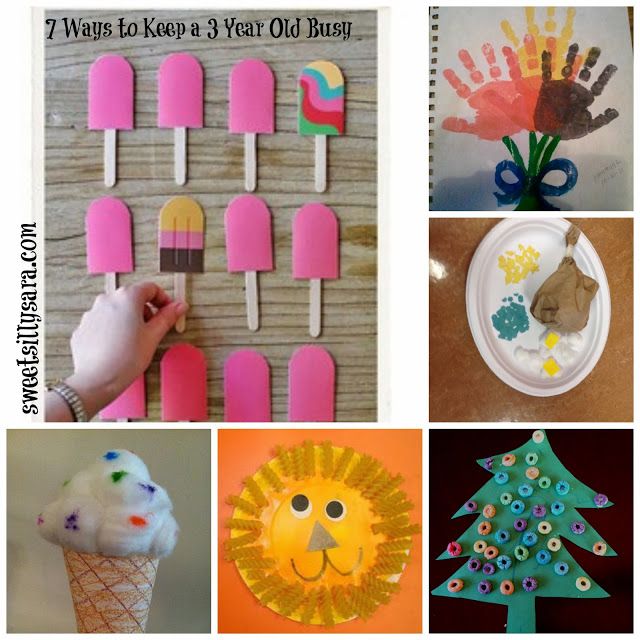
- Explain to them why some objects are floating and some and sinking.
- Now remove everything from the water, ask questions, and then check their answers by dropping the objects.
30. Fruit Cutting
Fruits and vegetable cutting is one of the Montessori food prep activities. This enables them to use both their hands and also teaches them some practical life skills.
You will need
An apron, water, kid-friendly peeler, knife, chopping board, etc.
How to do
Ask the toddlers to clean all the veggies with water first. Each fruit needs to be cut in a certain way. Show them how to do it and ask them to do it as is.
For their safety, choose soft veggies and fruits and a blunt or kid-friendly knife that they can use for cutting.
Image: iStock
31. Hammering
Your three-year-old might be more interested in real tools than his regular toys. Well, why not let them explore the same with a kid-friendly tool set and activity.
You will need
You can purchase a readily available Nail game set that comes with all the necessary tools, including a corkboard, a wooden hammer, tack nails, some color cards, etc.
How to do
You can simply ask your kids to hammer the nails into the board by placing a plain paper in between. Once they master it, you can ask them to form shapes using some colored cards, pictures cut into pieces, etc.
A variety of activities can be created using the hammering tool kit.
Image: iStock
32. Writing on a Chalkboard
Every preschooler needs to get a good grip on pencils, chalks, or markers to develop writing skills. To avoid wasting paper, you can set up a chalkboard and offer them a clean canvas.
You will need
A blackboard, chalk pieces, board eraser, etc.
How to do
Set up the blackboard in your kid’s playing corner and give them chalk to scribble on it however they wish. If they are not comfortable standing and writing, you can place the board on the floor for a few days and let them practice.
If they are not comfortable standing and writing, you can place the board on the floor for a few days and let them practice.
Image: iStock
33. Moving Puzzle Game
This activity gives a new twist to puzzles, making it even more helpful for further skill development.
You will need
Any puzzle game (preferably the one your kid is familiar with)
How to do
Unlike in a regular puzzle game, keep the pieces of the puzzle in a different room. Ask your kid to solve the puzzle in the play area by bringing one puzzle piece at a time. This not only keeps them moving but also encourages them to remember which puzzle piece is required.
Image: iStock
34. Window Cleaning
Another popular Montessori activity is window cleaning. While spraying water on the windows is a thrilling sensory activity for kids, cleaning the windows improves their gross motor skills.
You will need
An empty spray bottle, white vinegar, water, a piece of cloth, or a sponge.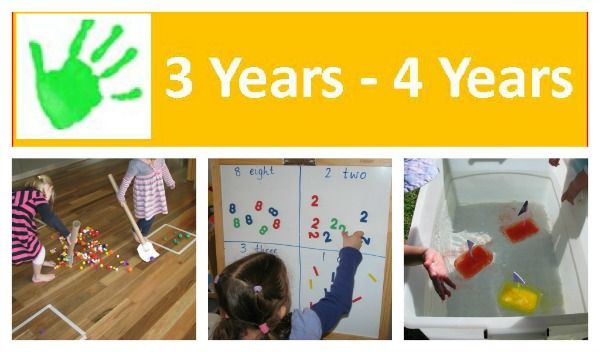
How to do
Just mix vinegar and water in the required proportion and fill the mixture in the spray bottle. Hand over the bottle and the cleaning material to the child, show them how to do it, and let them imitate you.
Image: iStock
35. Touch and Tell
This is a sensory Montessori activity that encourages your kids to use their sense of touch to guess the things.
You will need
Small toys that your kids are familiar with, a big bag with a drawstring or a zip closure.
How to do
Gather all the small toys your kids usually play with and keep them in the bag. Blindfold your kids and ask them to pick one toy from the bag and name it just by touching it.
36. Match the Socks
Matching colorful things is one of the best Montessori activities to improve visual coordination in your kids.
You will need
Multiple pairs of socks.
How to do
Mix all the socks pairs and ask your kid to pick each one and find its pair.
Introducing toddlers to learning activities for 3-year-olds will help keep them engrossed and entertained and enhance their creativity, focus, and cognitive abilities. Ensure you pick the right activity for your toddler as per their interest and abilities. Sensory developmental activities such as playdough crafts, frozen treasure, and smell it and tell it will help improve their motor skills. You may also try the various learning activities and outdoor and indoor activities mentioned above to aid your child’s physical and psychological development.
Key Pointers
- Art and craft activities can improve creativity and cognition in three-year-olds.
- Sensory activities, such as playdough crafts benefit a child’s brain growth.
- Games such as color and shape sorters can help three-year-olds learn new colors and shapes.
The following two tabs change content below.
- Reviewer
- Author
Nisha Bharatan is a freelance writer with experience in writing health and finance content for various Indian and international clients.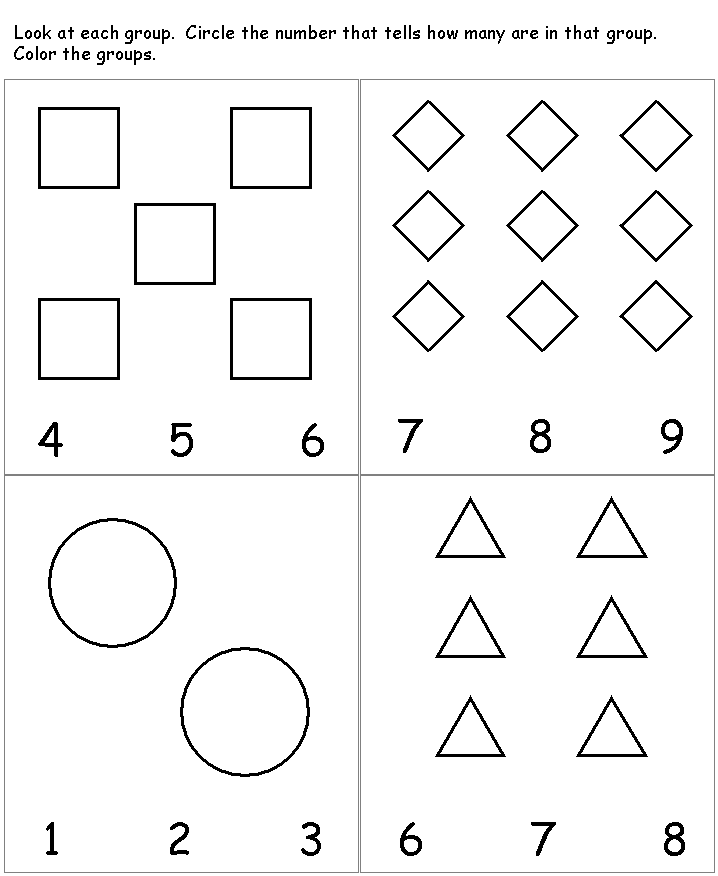 After completing her engineering from Savitribai Phule Pune University, she did content marketing courses to complement her interest in writing. Nisha writes articles centered around kids’ development, their activities, crafts, games, and fun elements that keep children and families entertained....
After completing her engineering from Savitribai Phule Pune University, she did content marketing courses to complement her interest in writing. Nisha writes articles centered around kids’ development, their activities, crafts, games, and fun elements that keep children and families entertained....
View Profile ›
Dr. Maymunah Yusuf Kadiri, popularly referred to as ‘The Celebrity Shrink,’ is an award-winning neuro-psychiatrist and mental health advocate with over 15 years experience. She is the medical director and psychiatrist-in-chief at Pinnacle Medical Services. She has created the innovative mental health app in Africa, HOW BODI. Dr. Kadiri is a Goldman Sachs Scholar on Entrepreneurial Management of Pan Atlantic...
View Profile ›
General characteristics of the educational activity of a preschooler - Mega-tutorial
The problem of educational activity is one of the central problems in developmental and pedagogical psychology. Education of children in preschool institutions is considered in our country as a preparatory stage of primary school education.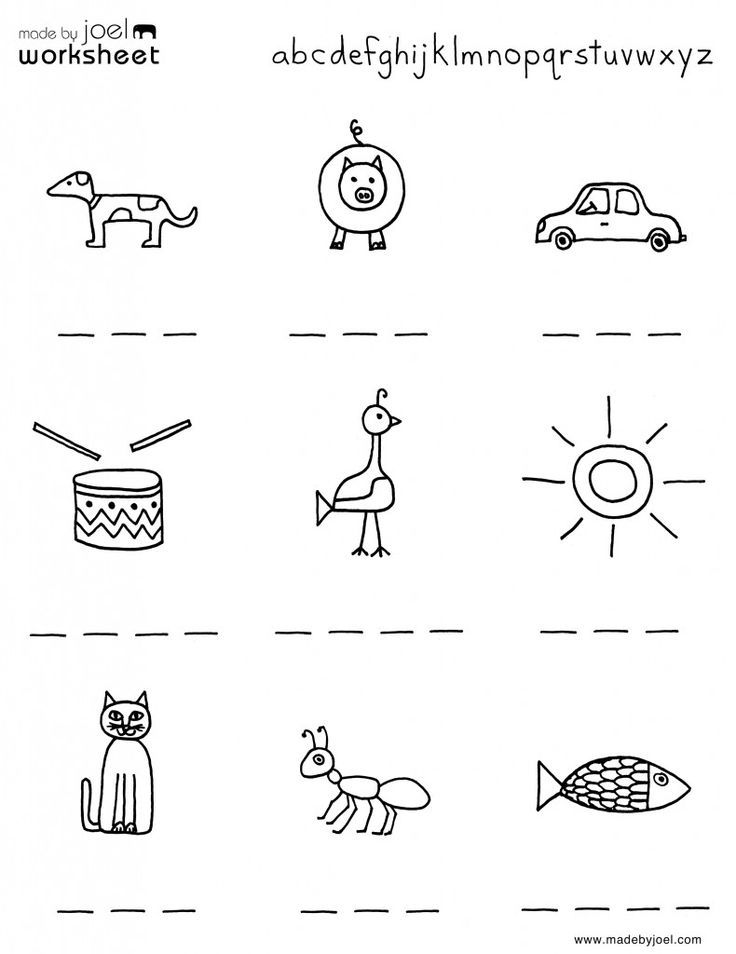 Education does not replace either games or labor education, but is closely connected with them in the general pedagogical process.
Education does not replace either games or labor education, but is closely connected with them in the general pedagogical process.
In scientific and theoretical terms, the problem of the nature of the educational activity of preschoolers was raised at the turn of the 19th-20th centuries. Some researchers believe that there are no fundamental differences between the nature of learning in the preschool and school years, they believe that already, for example, from the age of three, a child's learning can be considered from the same positions as the teaching of schoolchildren. This point of view was held by the German psychologist O. Kro. In his opinion, a child at this age is able to assimilate the knowledge transmitted to him - is able to learn.
V. Stern formulated the opposite point of view. The knowledge that a child acquires in the first six years of life, he believes, is acquired in a very special way. A preschool child does not yet have a “conscious will to learn”, but for a schoolchild, learning means a conscious intention to assimilate and make this material his property for the future, preserving it in its entirety.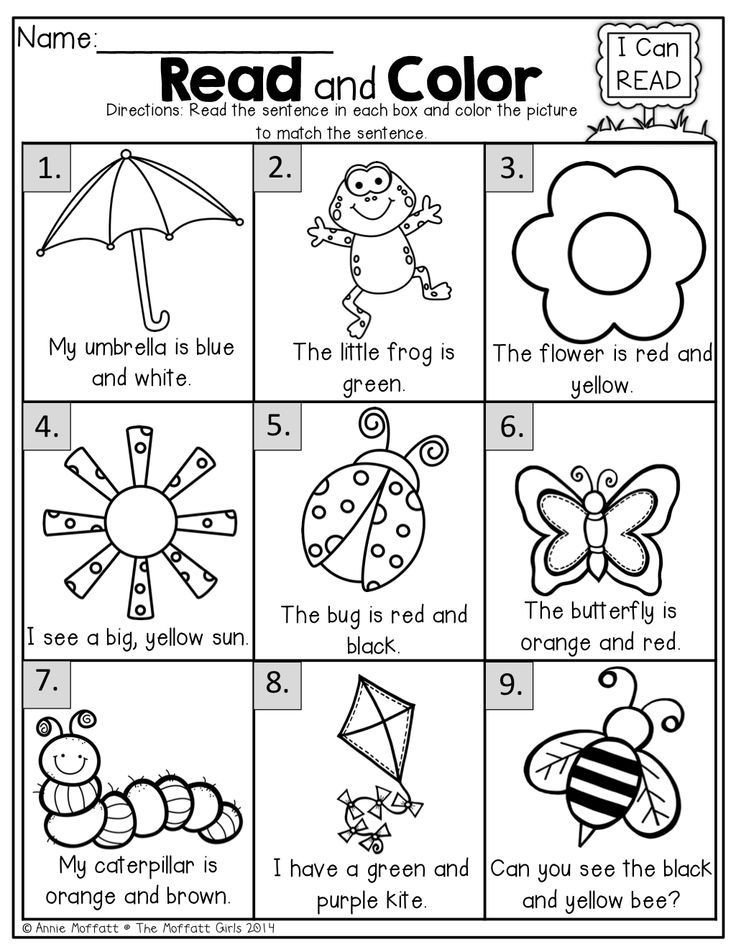 Stern believes that the preschool child is so captured by the present moment that he is still far from intending to acquire anything for the future. His teaching itself is only a product of another activity, an "unconscious selection" of impressions that the environment provides him with in abundance.
Stern believes that the preschool child is so captured by the present moment that he is still far from intending to acquire anything for the future. His teaching itself is only a product of another activity, an "unconscious selection" of impressions that the environment provides him with in abundance.
V. Stern's distinction between the cognitive and volitional aspects of teaching is very important. However, one cannot agree with him in the decisive opposition between preschool and school teaching. Absolutization of the difference between these forms of teaching (as well as their identification) closes the way to understanding their true connection, to understanding the process of the emergence of educational activity and its transition to more developed forms.
J. Piaget formulated the conclusion that in the process of the child's socialization (adaptation to the conditions of life), the structures of the operations of the intellect develop. The emergence and development of higher intellectual operations ("concrete operations", "formal operations", "invariance", "reversibility", etc.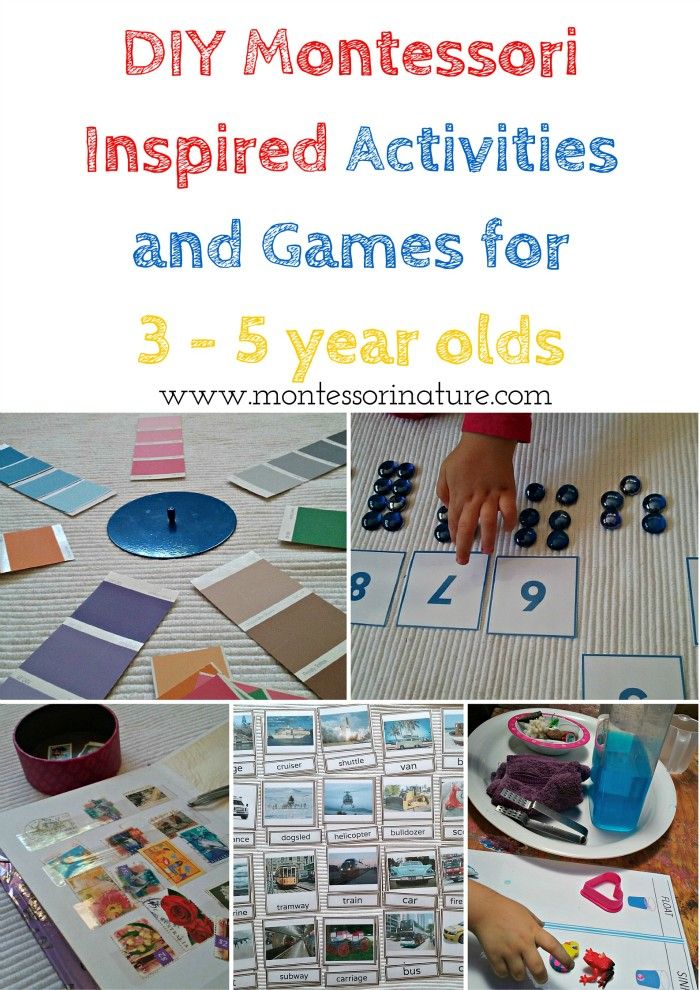 ) proceed according to their own laws. Learning can only speed up or slow down the process of mental maturation, but does not significantly affect it. J. Piaget and his followers believe, for example, that until a child has matured logical operational thinking, it is pointless to teach him the ability to reason. Education must obey the laws of child development.
) proceed according to their own laws. Learning can only speed up or slow down the process of mental maturation, but does not significantly affect it. J. Piaget and his followers believe, for example, that until a child has matured logical operational thinking, it is pointless to teach him the ability to reason. Education must obey the laws of child development.
LS Vygotsky considered the psychological characteristics of preschool learning in close connection with the analysis of the content of pedagogical influences. Vygotsky considers the child's attitude to the requirements of an adult to be the most important factor determining the nature of preschool learning. The scientist calls these requirements conditionally the program of the one who teaches the child.
For the first three years, the child learns, as it were, according to his own program, and not according to the program of his mother and other educators. During this period, no one makes special demands on the timing of the child's assimilation of certain knowledge and skills, on the sequence of this process.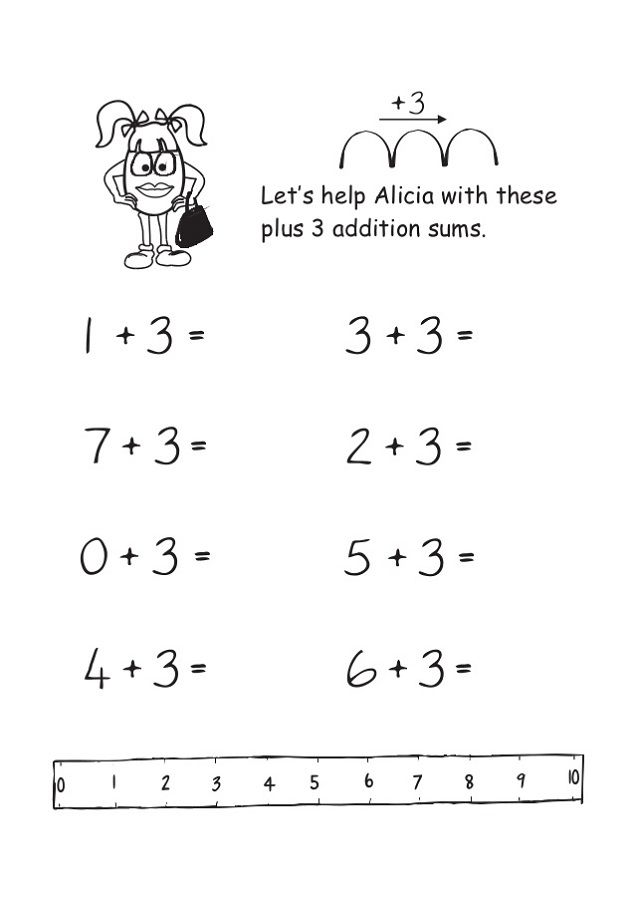 The educational program still subjectively does not exist for a child in early childhood. Before he is able to learn systematically, he goes through a preparatory stage. At this stage, new demands on the child from other people should gradually turn into his "own program". And only by the end of the preschool period the child begins to study according to the program developed by adults, approaching the requirements of the school.
The educational program still subjectively does not exist for a child in early childhood. Before he is able to learn systematically, he goes through a preparatory stage. At this stage, new demands on the child from other people should gradually turn into his "own program". And only by the end of the preschool period the child begins to study according to the program developed by adults, approaching the requirements of the school.
LS Vygotsky connects the transition to such a teaching with the formation of a readiness to master the logic of the subject of each science, formulates the requirements for knowledge that should be provided for by the preschool curriculum. In his opinion, the preschool program should give a correct interpretation of elementary physical, biological, social phenomena and perform the function of a kind of “prediction”, or “prehistory”, of further learning at school. That is why already at preschool age it is necessary to introduce the child into different areas of reality.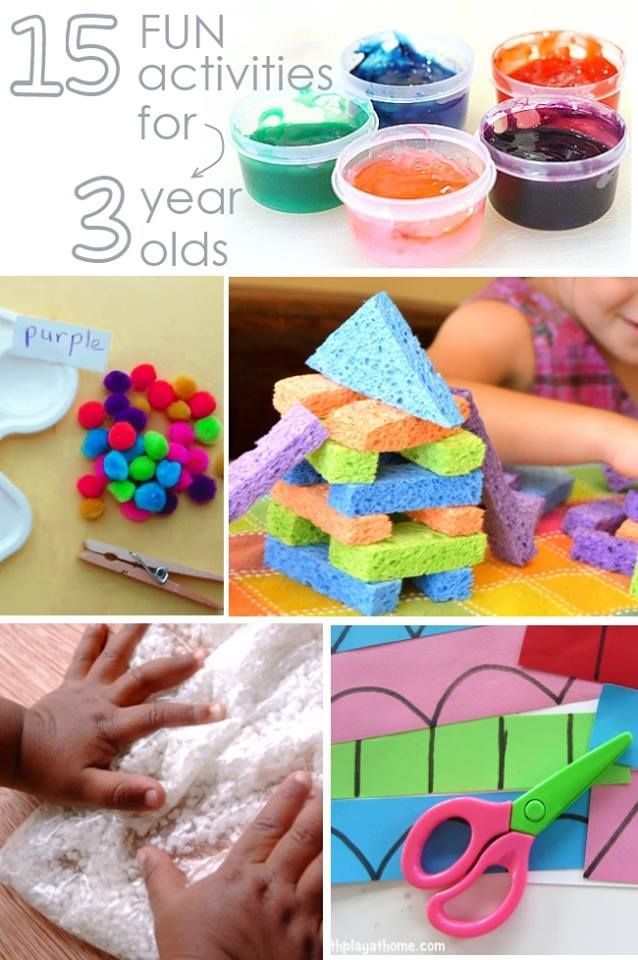 It is necessary to open for the child the world of animate and inanimate nature, the world of people, music, verbal and other forms of art. Such teaching should be completed by mastering the skills of reading, counting, writing, i.e., mastering those skills that at the next stage of development will play the role of the main ways of mastering the basics of knowledge.
It is necessary to open for the child the world of animate and inanimate nature, the world of people, music, verbal and other forms of art. Such teaching should be completed by mastering the skills of reading, counting, writing, i.e., mastering those skills that at the next stage of development will play the role of the main ways of mastering the basics of knowledge.
The program of preschool education, according to L. S. Vygotsky, should 1) bring the child closer to learning according to the school curriculum, i.e. expand his horizons, readiness for subject education, and 2) be the program of the child himself, i.e. answer his interests and needs.
The process of preschool education is understood by L. S. Vygotsky not as a rough pressure on the child or "crowding out" of children's concepts by more developed concepts of adults, but as a restructuring under the influence of pedagogical influences of the very relations of the child with the surrounding reality, as a change in the nature of the child's activity and his consciousness .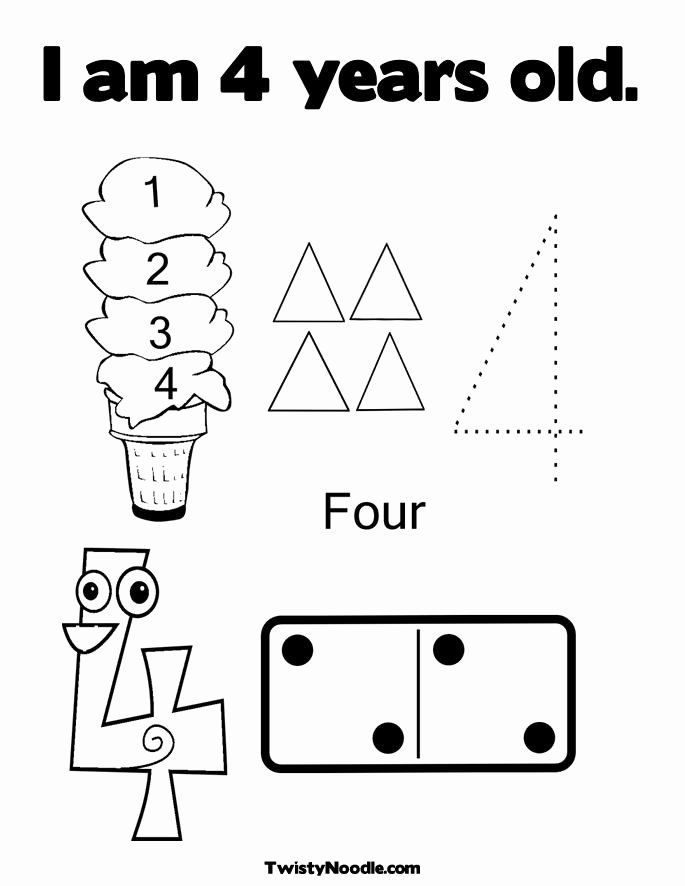
LS Vygotsky also put forward and clearly formulated the thesis about the leading role of education in the mental development of the child: education goes ahead of development and leads it along.
Many of L. S. Vygotsky's thoughts were developed in the studies of A. N. Leontiev, P. Ya. Galperin, L. I. Bozhovich, D. B. Elkonin, A. V. Zaporozhets, V. V. Davydov.
AN Leontiev paid special attention to the analysis of the ways of mastering knowledge, the role of communication in the educational process and the development of motives for learning activities. The most important aspect of learning, in his opinion, is communication. The child is not able to independently organize his activities in accordance with the content that needs to be learned. In this regard, communication with adults in the process of mastering skills and knowledge plays an extremely important role.
The child's activities must be organized in accordance with the content of the knowledge being communicated.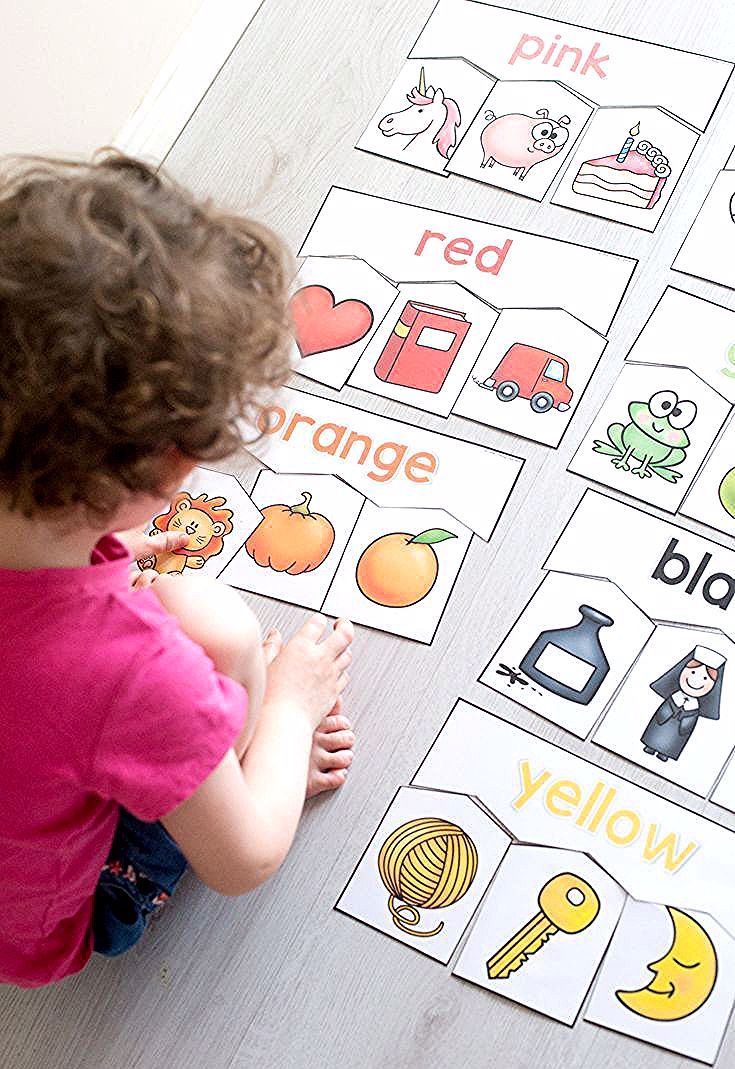 The possibility of forming new practical and mental actions opens up only through the special organization of such activity of the child.
The possibility of forming new practical and mental actions opens up only through the special organization of such activity of the child.
AN Leont'ev considered another equally important aspect of the child's educational activity—its motives and internal structure. Teaching is characterized not only by the methods of assimilation and the presence or absence of a direct educational goal, but also by what the child learns for, acquires new knowledge.
The relationships that a child establishes in the course of learning between the direct goal of “assimilating”, “learning” and the motives of assimilation characterize for him the meaning of the actions performed, the psychological content of his activity as a whole. Such an analysis of the "meaning" makes it possible to judge whether the child's activity in a given situation is educational. If the activity contains learning tasks and the child is active in solving them, but learning as a whole is stimulated by the motives of some other activity (play, work, etc.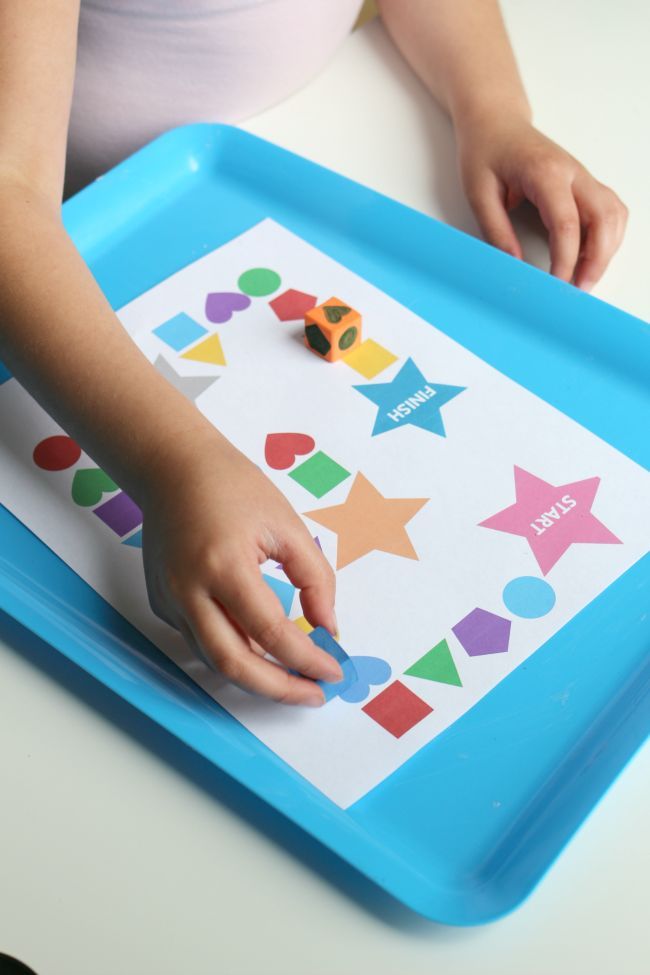 ), then in such cases there is still no established learning activity in the true sense of the word.
), then in such cases there is still no established learning activity in the true sense of the word.
Studies conducted under the guidance of A. V. Zaporozhets show that preschool children first form learning motives for actions. With the appropriate organization of the child's activities, these motives easily arise in situations related to the game, simple labor assignments, and productive activities.
In the process of solving game, visual and practical tasks that are offered to the child for various educational purposes, along with the emergence of interest in new activities, there is also a more active attitude towards what adults introduce the child to, what is proposed to be learned. This attitude has a positive impact on the adoption of new requirements for the child's methods of activity. Thus, despite the absence of educational motives for activity, in general, cognitive and educational motives for specific actions can already appear in it.
Research by A.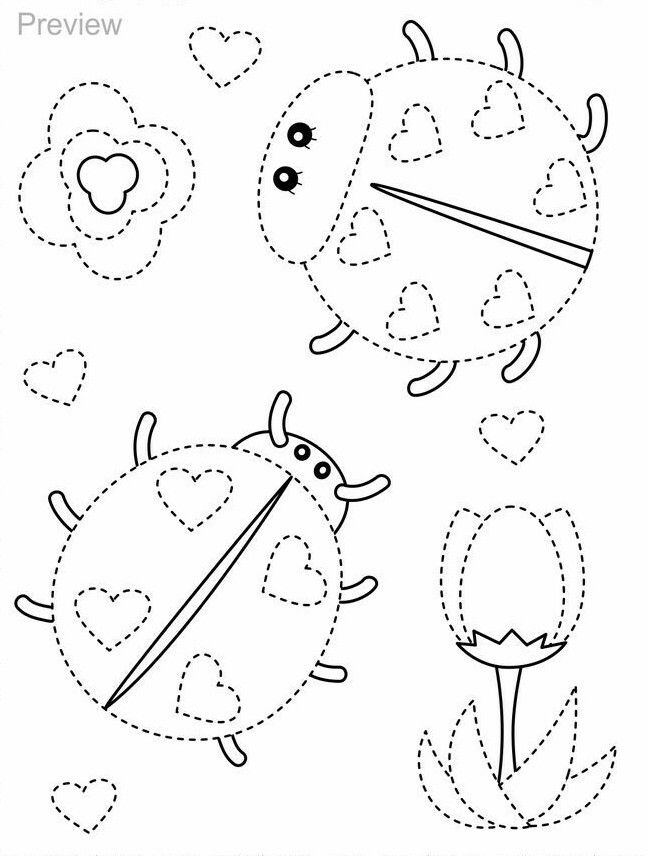 P. Usova, N. P. Sakulina, V. G. Nechaeva, E. I. Radina, L. A. Penievskaya, Sh. visual, constructive, playful and practical activities in order to expand the horizons of the child, the formation of new ideas, concepts and methods of activity. Despite the fact that in such situations there are still no educational motives for activity, with appropriate influence they can easily arise in relation to directly performed actions. As the data of pedagogical and psychological research show, the appearance of these motives does not pass without a trace for the child and the results of his activity.
P. Usova, N. P. Sakulina, V. G. Nechaeva, E. I. Radina, L. A. Penievskaya, Sh. visual, constructive, playful and practical activities in order to expand the horizons of the child, the formation of new ideas, concepts and methods of activity. Despite the fact that in such situations there are still no educational motives for activity, with appropriate influence they can easily arise in relation to directly performed actions. As the data of pedagogical and psychological research show, the appearance of these motives does not pass without a trace for the child and the results of his activity.
The child's activity in mastering new actions and the required information increases, and an educational element appears in his activity, which complicates its internal content and at the same time expands the possibilities for independent application of the acquired experience and more active acceptance in the future of similar educational requirements.
Peculiar relationships between the motives of specific actions and the motives of activity as a whole arise in the situation of such training sessions, where there is no objectively expressed result and where the child is, as it were, deprived of external auxiliary supports.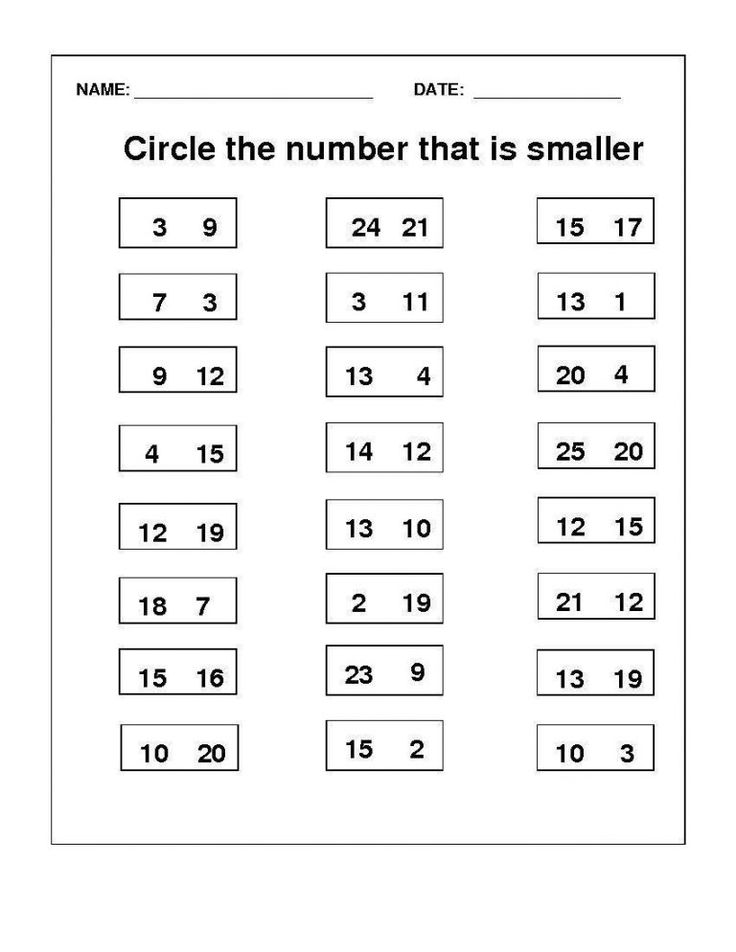
Recently, researchers have paid special attention to the issue of the emergence of educational motives for the assimilation of specific actions within the framework of not only educational, but also gaming, practical and productive activities. Before considering the main issues related to the educational activities of preschoolers, it is necessary to characterize some of the concepts related to this topic: “teaching”, “learning activity”, “educational-cognitive activity”, “cognitive activity”.
The terms "learning activity" and "teaching" can be used as synonymous. The educational activity of preschoolers is born and develops within the framework of a creative role-playing game. The central tasks of educational activity are the assimilation of knowledge, skills, mental abilities and the culture of mental work, that is, the formation of the child's psychological readiness for school.
The terms "learning activity" and "educational-cognitive activity", "cognitive activity" have a certain commonality, but also specific differences.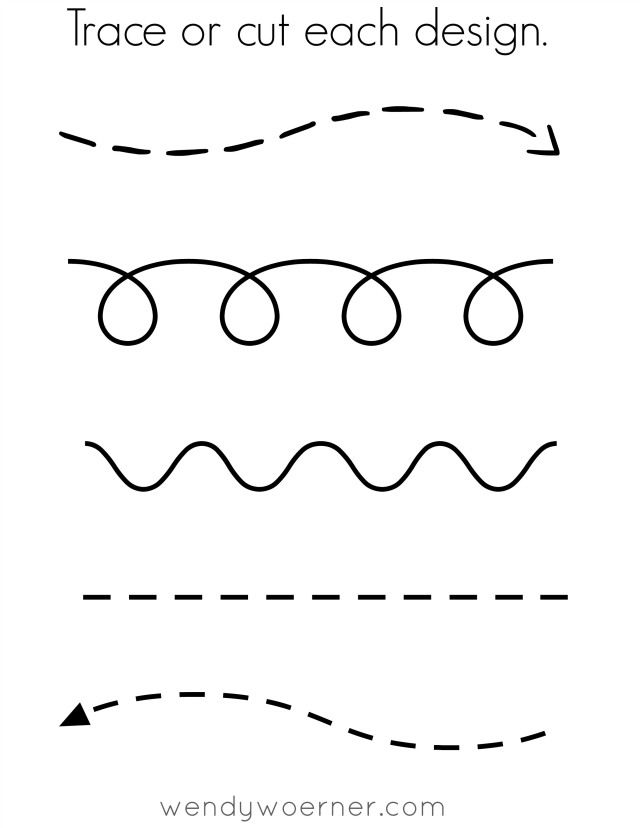 Cognitive activity is a broader concept than the other two. For a preschooler, cognitive activity proceeds, as a rule, in an educational and cognitive form.
Cognitive activity is a broader concept than the other two. For a preschooler, cognitive activity proceeds, as a rule, in an educational and cognitive form.
The concept of "learning activity" is broader than "educational and cognitive activity", since in the course of the exercise not only cognitive, but also training actions are used, associated with the development of skills and abilities.
When describing the educational activities of preschoolers, the concepts of "action", "operation", "reception", "skill", "skills" are used. Activity is carried out with the help of a set of certain actions-processes that are subject to conscious goals. The ways in which actions are carried out are called operations. A set of certain operations can be called a method of activity. Conscious possession of any method of activity is called skill. Skill, brought to a realistically possible automatism, is already characterized as a skill. The terms "skill" and "skill" reflect the level of formation of the corresponding actions.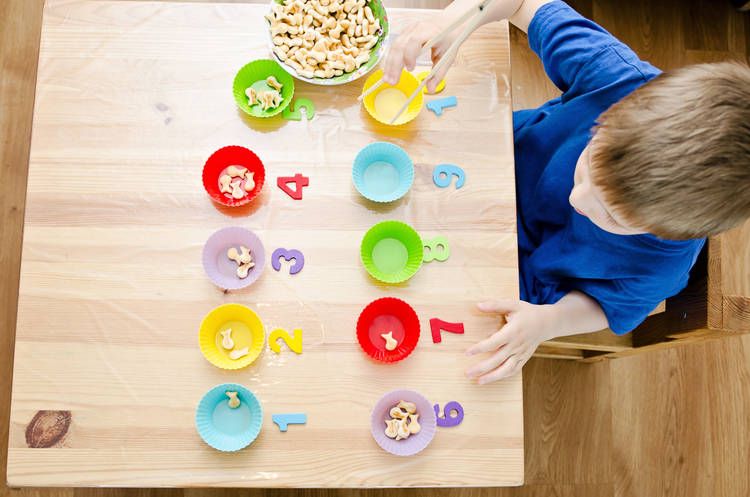
In educational activities, preschoolers must master certain skills and abilities; must master the ability to learn. To accomplish this task, it is necessary to clearly define what prerequisites for educational activity should be formed among preschoolers, what are the conditions for its development, what levels of educational activity can be distinguished, and determine the stages of a child's readiness for learning and learning.
General characteristics of educational activities at primary school age
The educational activity of the child develops just as gradually, through the experience of entering into it, like all previous activities (manipulation, object, play). Learning activity is an activity aimed at the student himself. The child learns not only knowledge, but also how to carry out the assimilation of this knowledge.
Learning the ways of writing, counting, reading, etc., the child orients himself towards self-change - he masters the necessary methods of service and mental actions inherent in the surrounding culture.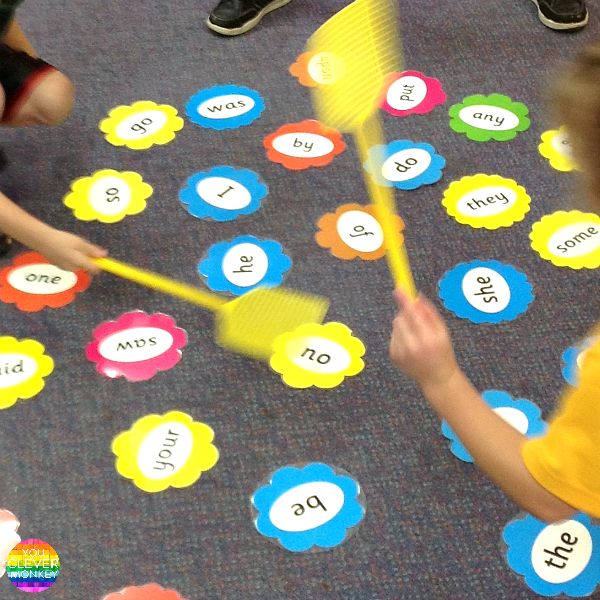 Reflecting, he compares his former self and his current self . Own change is tracked and detected at the achievement level.
Reflecting, he compares his former self and his current self . Own change is tracked and detected at the achievement level.
The most essential thing in learning activity is self-reflection, tracking new achievements and changes that have taken place. “I didn’t know how” - “I can”, “I couldn’t” - “I can”, “I was” - “I became” - the key assessments of the result of in-depth reflection of one's achievements and changes. It is very important that the child becomes for himself at the same time an object of change and a subject that brings about this change in himself. If a child gets satisfaction from reflecting on his ascent to more perfect methods of learning activity, to self-development, then this means that he is psychologically immersed in learning activities.
Investigating learning activities, DB Elkonin attached particular importance to how the child evaluates the degree of change. He wrote: “Thanks to the action of evaluation, the child determines whether he has really solved the learning task, whether he has really mastered the required method of action so that he can subsequently use it in solving many private and practical problems.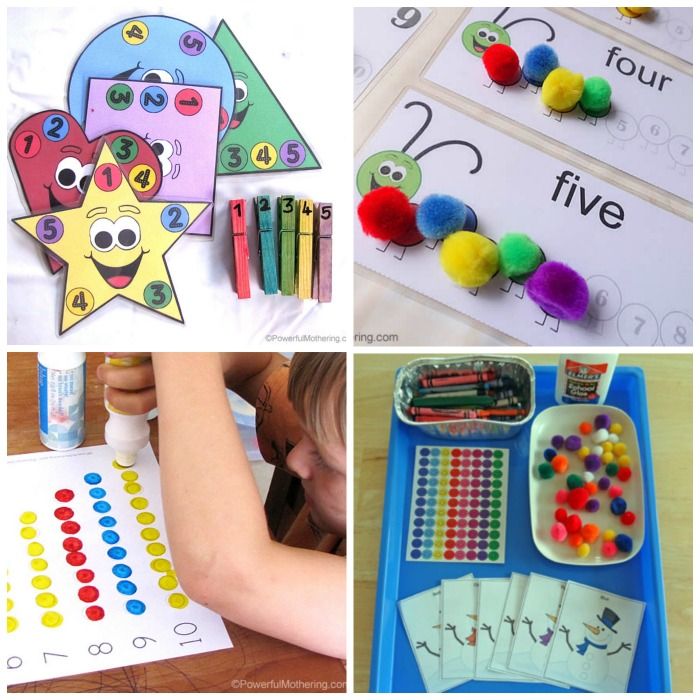 But in this way, evaluation becomes the key moment in determining how the educational activity implemented by the student had an impact on him as the subject of this activity. In the practice of teaching, this particular component is highlighted especially brightly. However, if the educational activity is not organized correctly, the assessment does not fulfill all its functions. " Any learning activity begins with reflection on changes and with the fact that the teacher evaluates the child, and the child learns to evaluate himself. Evaluation as an external action, fixed on the result, contributes to the fact that the child singles himself out as the subject of changes.
But in this way, evaluation becomes the key moment in determining how the educational activity implemented by the student had an impact on him as the subject of this activity. In the practice of teaching, this particular component is highlighted especially brightly. However, if the educational activity is not organized correctly, the assessment does not fulfill all its functions. " Any learning activity begins with reflection on changes and with the fact that the teacher evaluates the child, and the child learns to evaluate himself. Evaluation as an external action, fixed on the result, contributes to the fact that the child singles himself out as the subject of changes.
Learning activities have their own structure. D. B. Elkonin singled out several interrelated components in it:
1) educational task - what the student must learn, the mode of action to be learned;
2) learning actions - what the student must do in order to form a model of an action to be learned and reproduce this pattern;
3) control action - comparison of the reproduced action with the sample;
4) evaluation action - determination of how far the student has achieved the result, the degree of changes that have occurred in the child himself.
This is the structure of learning activity in its expanded and mature form. However, learning activity acquires such a structure gradually, while in the younger schoolchild it is very far from this. Sometimes a child seeks to correctly evaluate his achievements, understand a task, or exercise control actions. Everything depends on the organization of educational activities, on the specific content of the material to be learned, and on the individual characteristics of the child himself. So, when teaching a child to read, they teach learning action highlighting the main way of reading a syllable. When teaching writing, elements of the control action are highlighted. Different disciplines in the primary school course contain the need to use different components of educational activities. All disciplines together give the child the opportunity to master the components of educational activity and gradually psychologically enter into it.
The ultimate goal of learning activity is the student's conscious learning activity, which he himself builds according to its inherent objective laws. Learning activity, initially organized by an adult, should turn into an independent activity of the student, in which he formulates a learning task, performs learning and control actions, evaluates, i.e. learning activity through the child's reflection on it turns into self-learning.
Learning activity, initially organized by an adult, should turn into an independent activity of the student, in which he formulates a learning task, performs learning and control actions, evaluates, i.e. learning activity through the child's reflection on it turns into self-learning.
In learning activities, actions are performed primarily with ideal objects - letters, numbers, sounds. The teacher sets educational actions with objects of educational activity, and the child reproduces these actions, imitating the teacher. Then he masters these actions, turning them into actions of a new higher mental function.
Higher mental functions, according to LS Vygotsky, develop in the collective interactions of people. L.S. Vygotsky formulated the general genetic law of cultural development: “Every function in the cultural development of a child appears on the scene twice, on two planes, first social, then psychological, first between people, as an interpsychic category, then inside the child, as a category intrapsychic. This applies equally to voluntary attention, as to logical memory, to the formation of concepts, to the development of the will. We have the right to consider this proposition as a law in the full sense of the word ... ". The psychological nature of man is the totality of human relations transferred inward. This transfer inside is carried out under the condition of the joint activity of an adult and a child. In learning activities - teacher and student.
This applies equally to voluntary attention, as to logical memory, to the formation of concepts, to the development of the will. We have the right to consider this proposition as a law in the full sense of the word ... ". The psychological nature of man is the totality of human relations transferred inward. This transfer inside is carried out under the condition of the joint activity of an adult and a child. In learning activities - teacher and student.
The joint activity of the carrier of higher mental functions (primarily a teacher in the broad sense of the word) and the one who assigns these functions (a student in the broad sense of the word) is a necessary stage in the development of mental functions in each individual person. Interaction when included in learning activities and the assignment of modes of action is the basis of learning activities.
Learning activity is a culturally established condition for the "socialization of the individual intellect".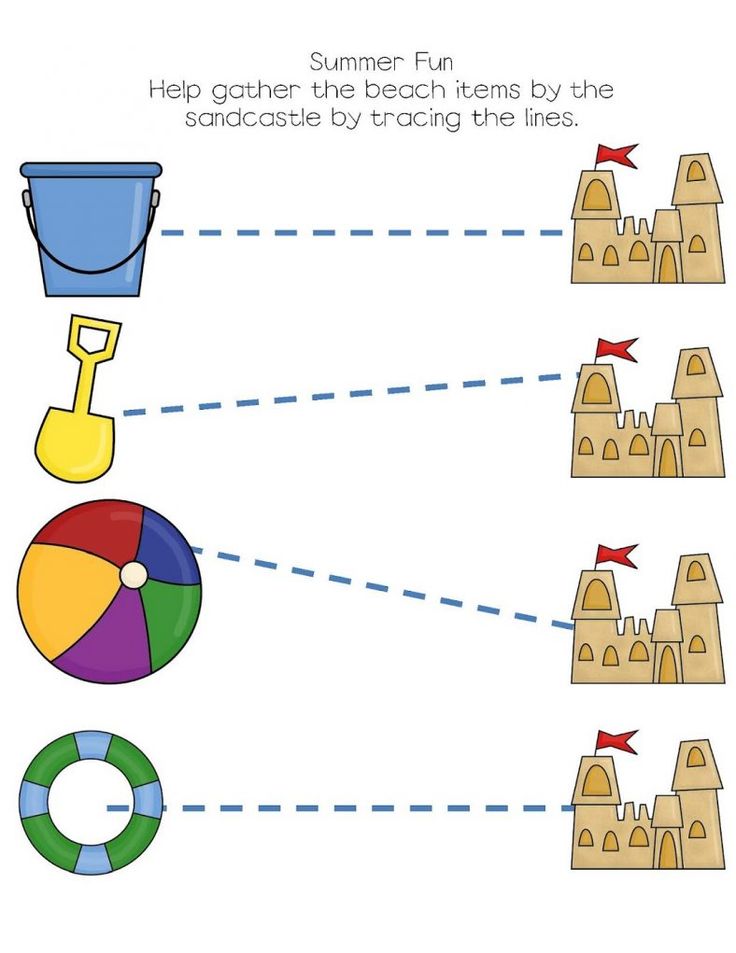 Based on the mastery of signs, primarily language, new social relations appear that enrich and transform the child's thinking.
Based on the mastery of signs, primarily language, new social relations appear that enrich and transform the child's thinking.
However, it should be remembered that the child borrows educational activity, its structural components, as well as the potential of transmitted ideas, to the extent that it "suits him, proudly passing by what exceeds the level of his thinking." In a group of peers, relationships are built according to the type of synchronous (opposite to diachronic). It is in synchronous, symmetrical relationships that children develop such qualities as the ability to take the point of view of another, to understand in what way a peer progressed in solving a particular problem.
In special studies of children's visual activity, it was revealed that children in their comprehension of reality go in a similar way, their path in mastering visual activity is clearly synchronous.
The composition of the features of an object singled out by a child for depiction directly depends on the nature of the object itself and the age-related characteristics of perception and ideas, which is revealed in the tendency of different children to single out and depict the same features in objects (adjusted for the way they become acquainted with the object). Not only the composition of the features distinguished in objects and depicted in the drawing, but also the methods of their graphic transmission are generally significant for children of this age, quite accessible to them. As a result, the phenomenon of recognition by children of images in the drawings of other children arises, incomprehensible to most adults. Whatever experience of acquaintance with objects and visual activity itself may be expressed in a child's drawing (and this experience is very diverse before mastering the actual visual norms), it is in any case not purely individual and subjective, but common to children brought up in more or less identical cultural milieu". Here we can draw an analogy with the well-known position 6 of the child's centering "on a certain sign, which becomes in his eyes the embodiment of the object as a whole." Gradually, as it develops, the child rises to the level of the logic of adults. What he borrows is assimilated by him in accordance with the intellectual structure that has developed for him at a given time, but through the emerging synchronous relationships of peers, relatives, teachers, the child gradually advances in the socialization of individual intelligence.
Not only the composition of the features distinguished in objects and depicted in the drawing, but also the methods of their graphic transmission are generally significant for children of this age, quite accessible to them. As a result, the phenomenon of recognition by children of images in the drawings of other children arises, incomprehensible to most adults. Whatever experience of acquaintance with objects and visual activity itself may be expressed in a child's drawing (and this experience is very diverse before mastering the actual visual norms), it is in any case not purely individual and subjective, but common to children brought up in more or less identical cultural milieu". Here we can draw an analogy with the well-known position 6 of the child's centering "on a certain sign, which becomes in his eyes the embodiment of the object as a whole." Gradually, as it develops, the child rises to the level of the logic of adults. What he borrows is assimilated by him in accordance with the intellectual structure that has developed for him at a given time, but through the emerging synchronous relationships of peers, relatives, teachers, the child gradually advances in the socialization of individual intelligence.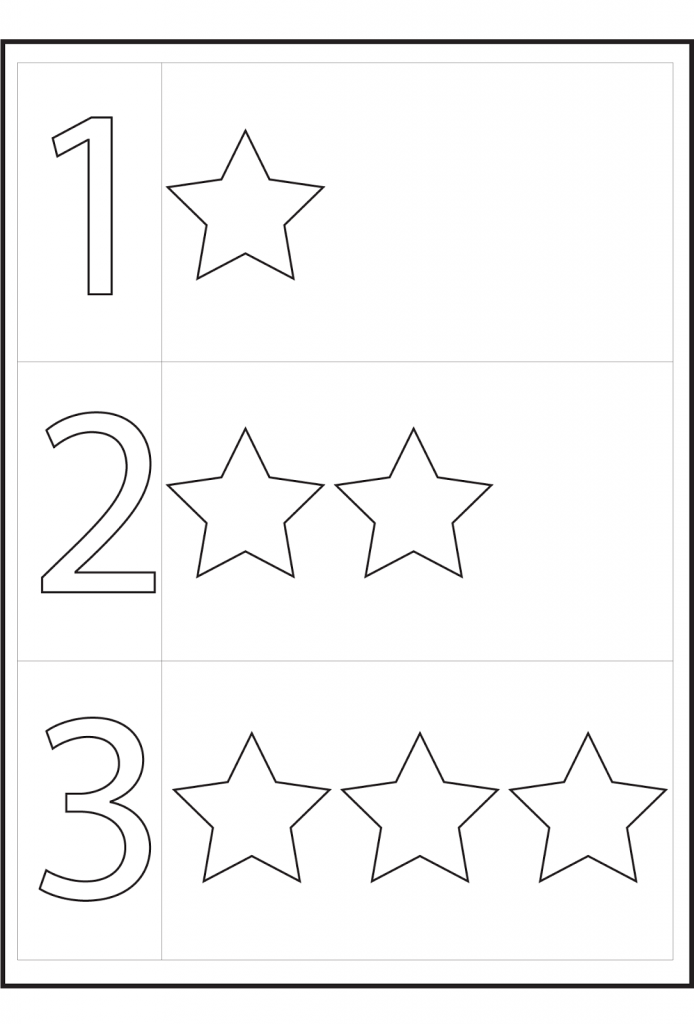 Communicating with others, the child watches every moment how his thoughts, his vision of an object or phenomenon are confirmed or refuted, and he gradually opens up a world of thoughts external to him, which give him new information or in various ways impress him. Thus, from the point of view of the intellect, the subject follows the path of an increasingly intensive exchange of intellectual values and is subject to more and more mandatory truths (by which we mean well-formed thoughts or norms of reasoning in the proper sense)."
Communicating with others, the child watches every moment how his thoughts, his vision of an object or phenomenon are confirmed or refuted, and he gradually opens up a world of thoughts external to him, which give him new information or in various ways impress him. Thus, from the point of view of the intellect, the subject follows the path of an increasingly intensive exchange of intellectual values and is subject to more and more mandatory truths (by which we mean well-formed thoughts or norms of reasoning in the proper sense)."
Gradual capacity building of mental operations and ways of learning activity existing in culture - a natural way of development of individual intellect and its socialization. However, in the theory of the content and structure of learning activity, for decades, the idea has crystallized that the basis of developmental learning is its content and methods of organizing learning. This position was developed by L.S. Vygotsky, and then by D.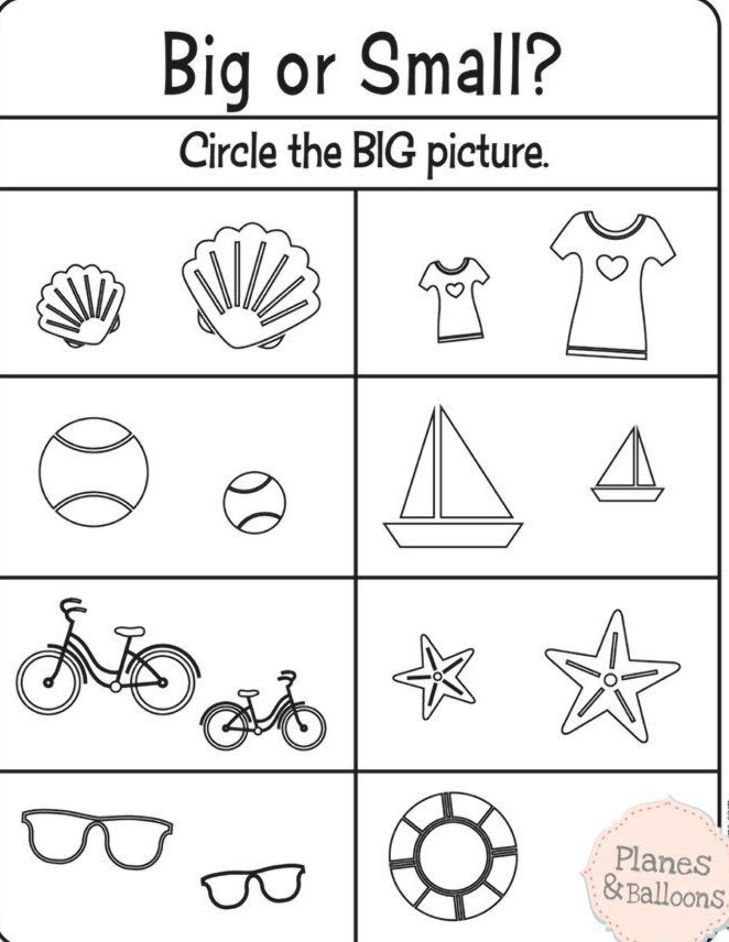 B. Elkonin and V.V. Davydov. Of fundamental importance for theorists of the conditions for the assimilation of knowledge was the idea of L.S. Vygotsky that "learning plays its leading role in mental development primarily through the content of acquired knowledge". Concretizing this provision, V.V. Davydov notes that "the developing nature of educational activity as a leading activity in primary school age is due to the fact that its content is theoretical knowledge." Scientific knowledge accumulated by mankind and Culture is assimilated by the child through the development of educational activity.V.V.Davydov, exploring the educational activity of younger schoolchildren, writes that it "is built in accordance with the method of presenting scientific knowledge, with the method of ascent from the abstract to the concrete." Thinking in the process of learning activity is to some extent similar to the thinking of a scientist presenting the results of his research through meaningful abstractions, generalizations and theoretical concepts.
B. Elkonin and V.V. Davydov. Of fundamental importance for theorists of the conditions for the assimilation of knowledge was the idea of L.S. Vygotsky that "learning plays its leading role in mental development primarily through the content of acquired knowledge". Concretizing this provision, V.V. Davydov notes that "the developing nature of educational activity as a leading activity in primary school age is due to the fact that its content is theoretical knowledge." Scientific knowledge accumulated by mankind and Culture is assimilated by the child through the development of educational activity.V.V.Davydov, exploring the educational activity of younger schoolchildren, writes that it "is built in accordance with the method of presenting scientific knowledge, with the method of ascent from the abstract to the concrete." Thinking in the process of learning activity is to some extent similar to the thinking of a scientist presenting the results of his research through meaningful abstractions, generalizations and theoretical concepts.